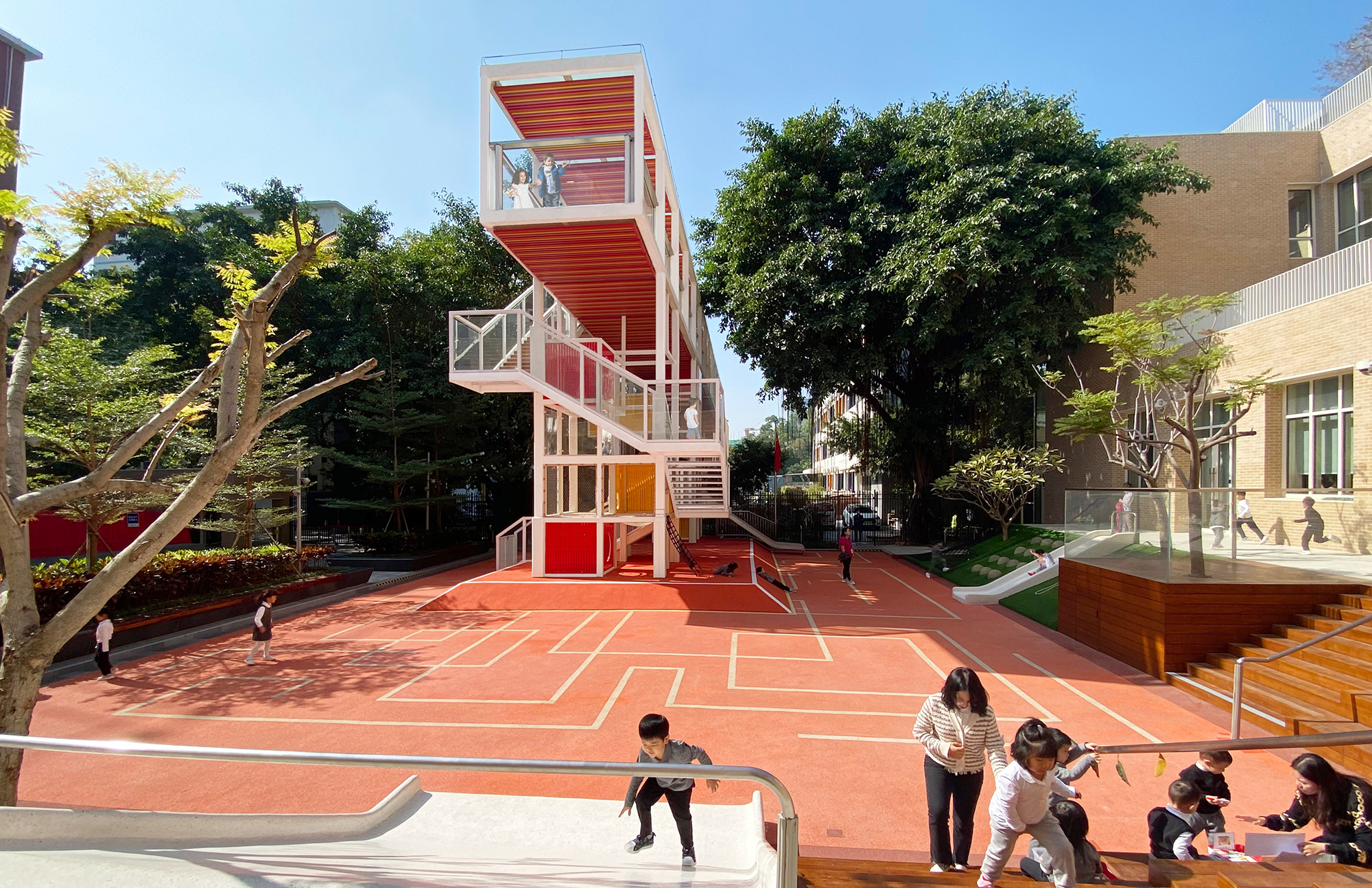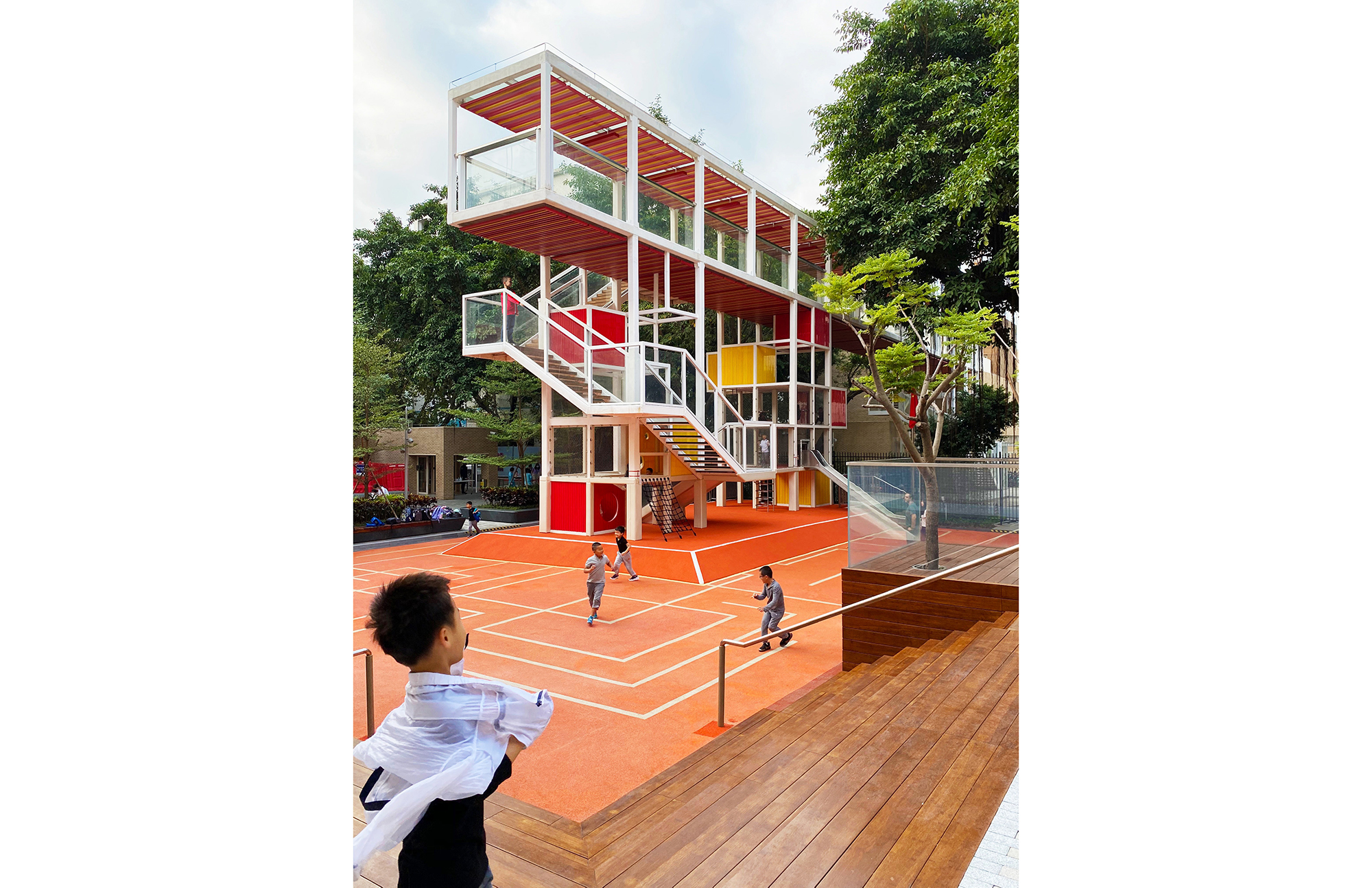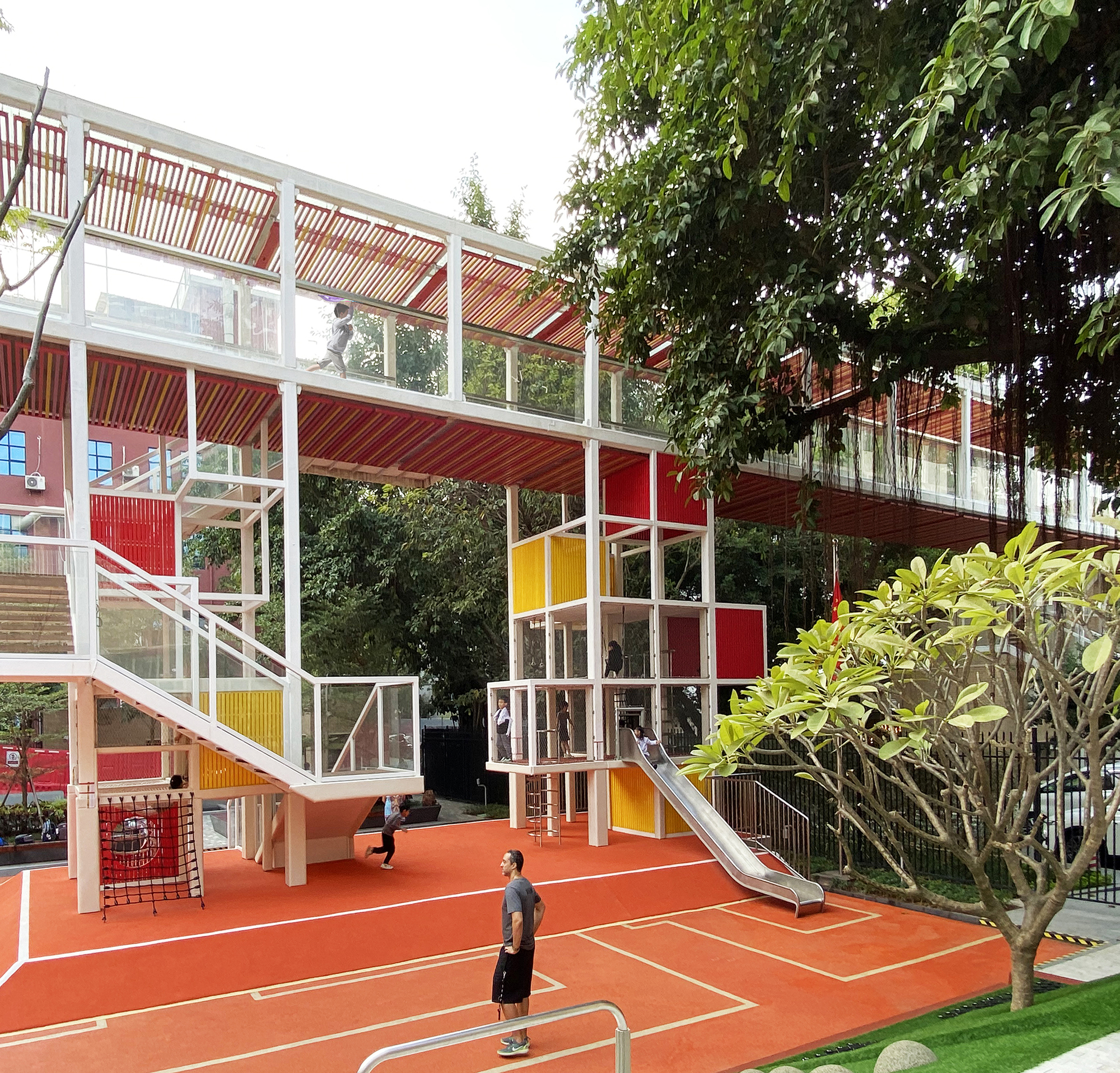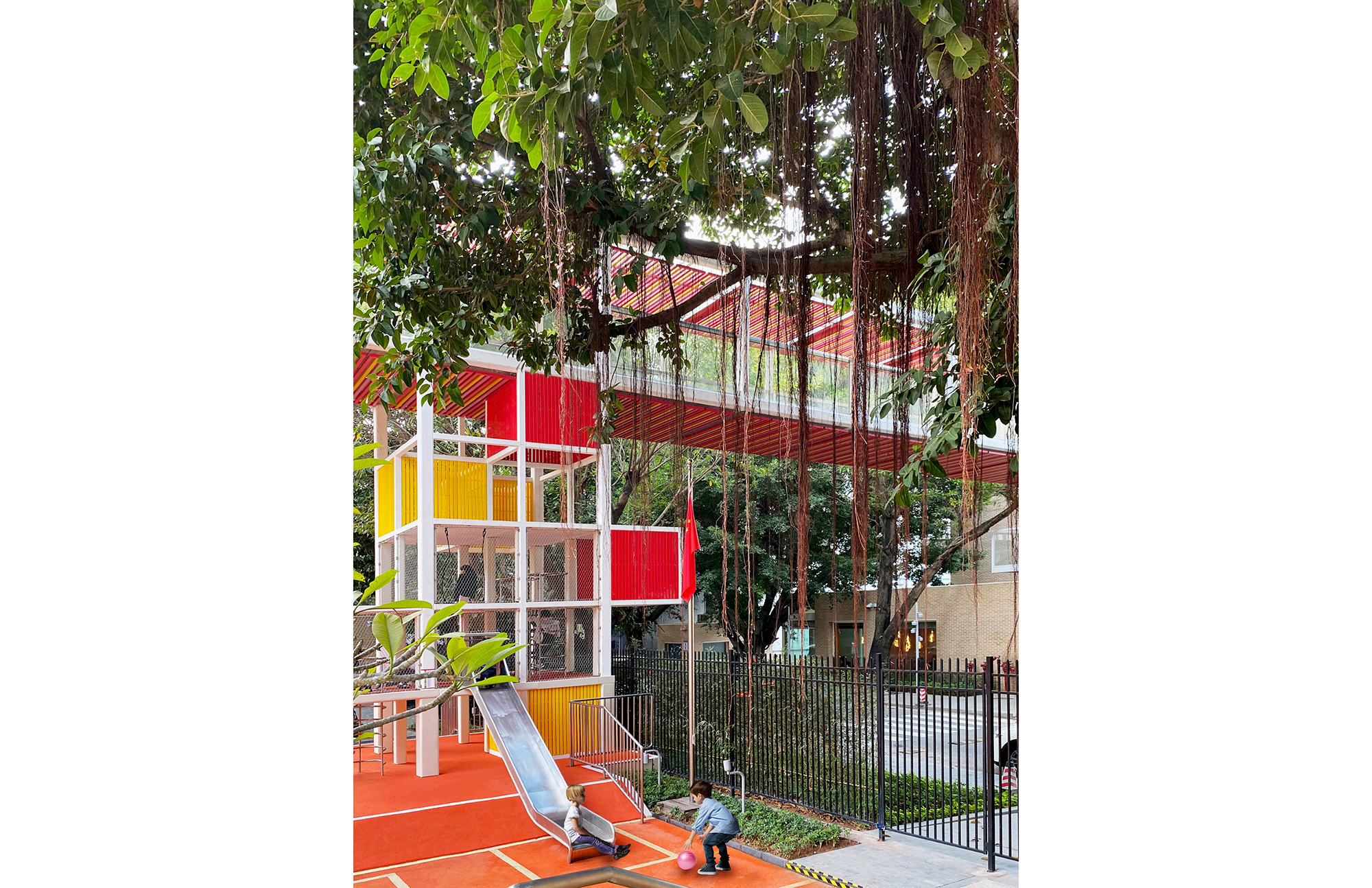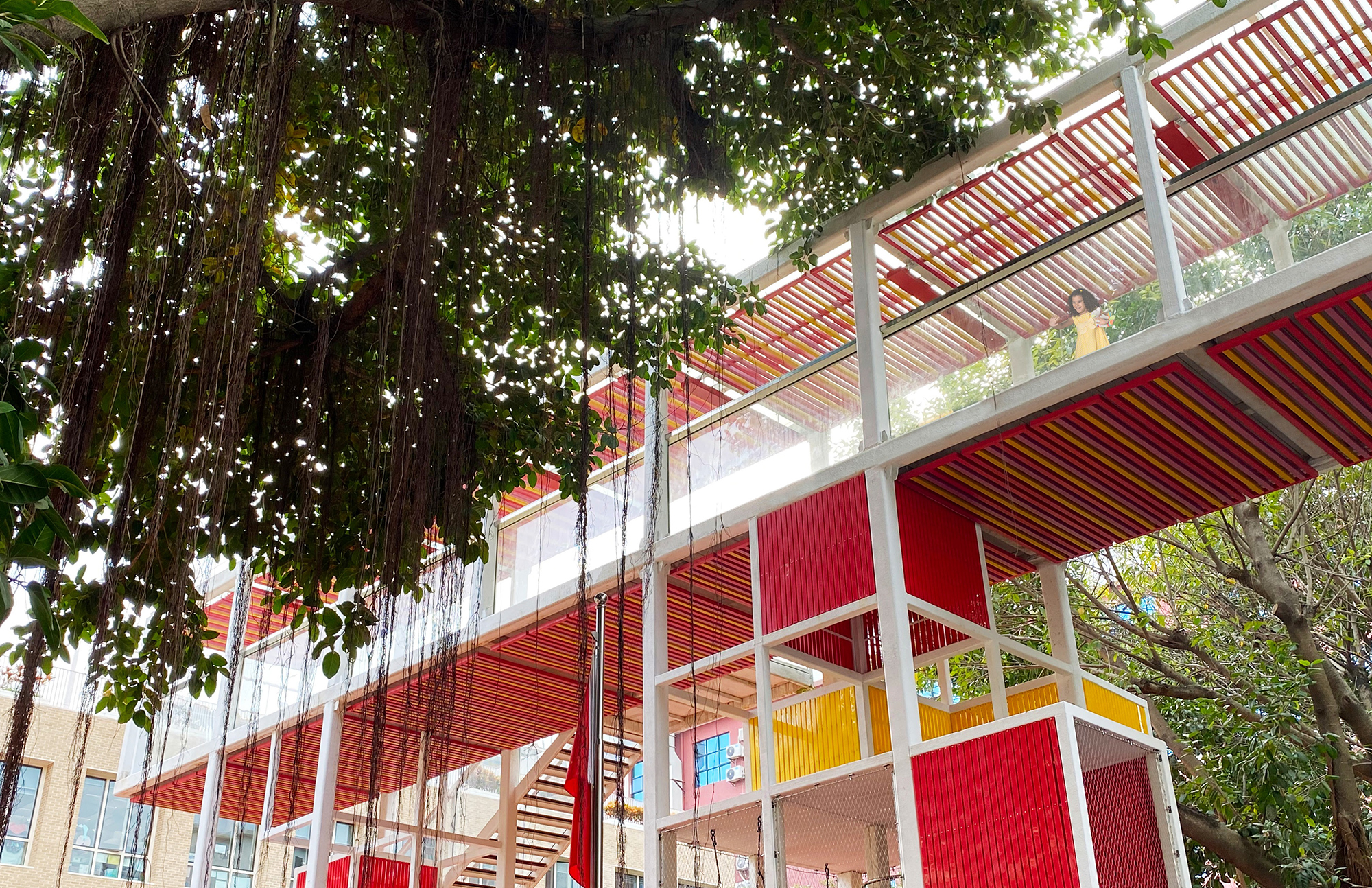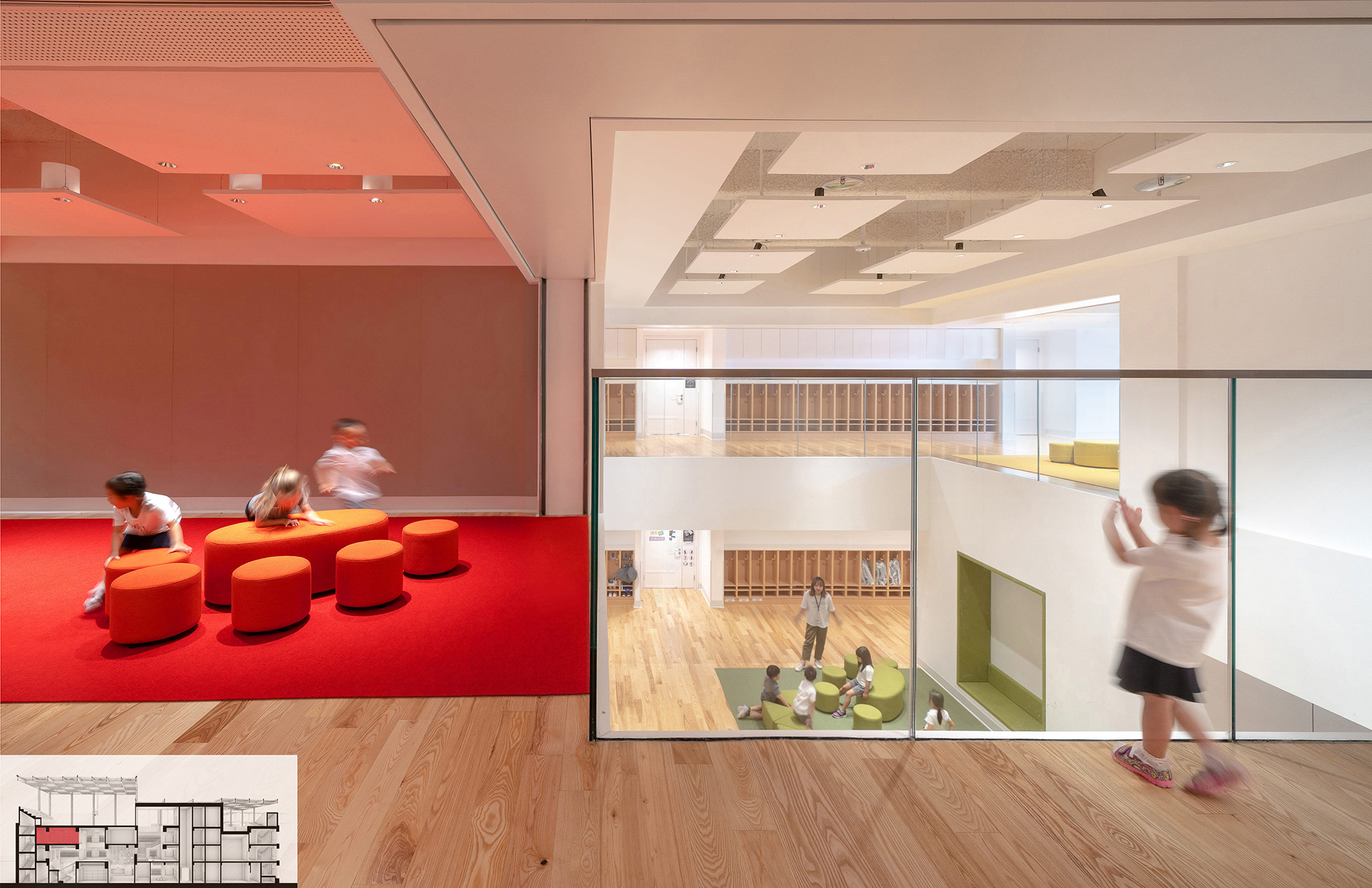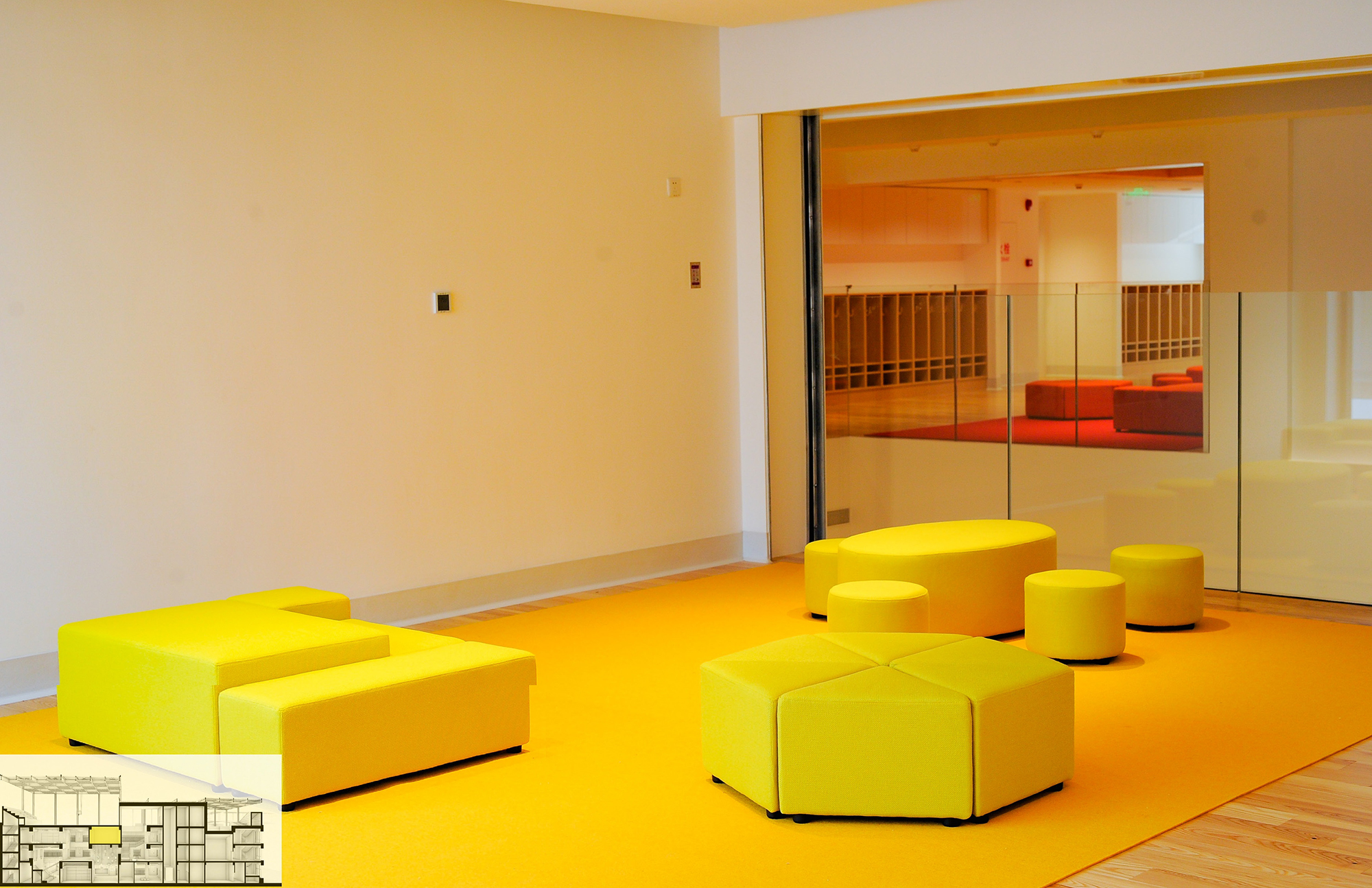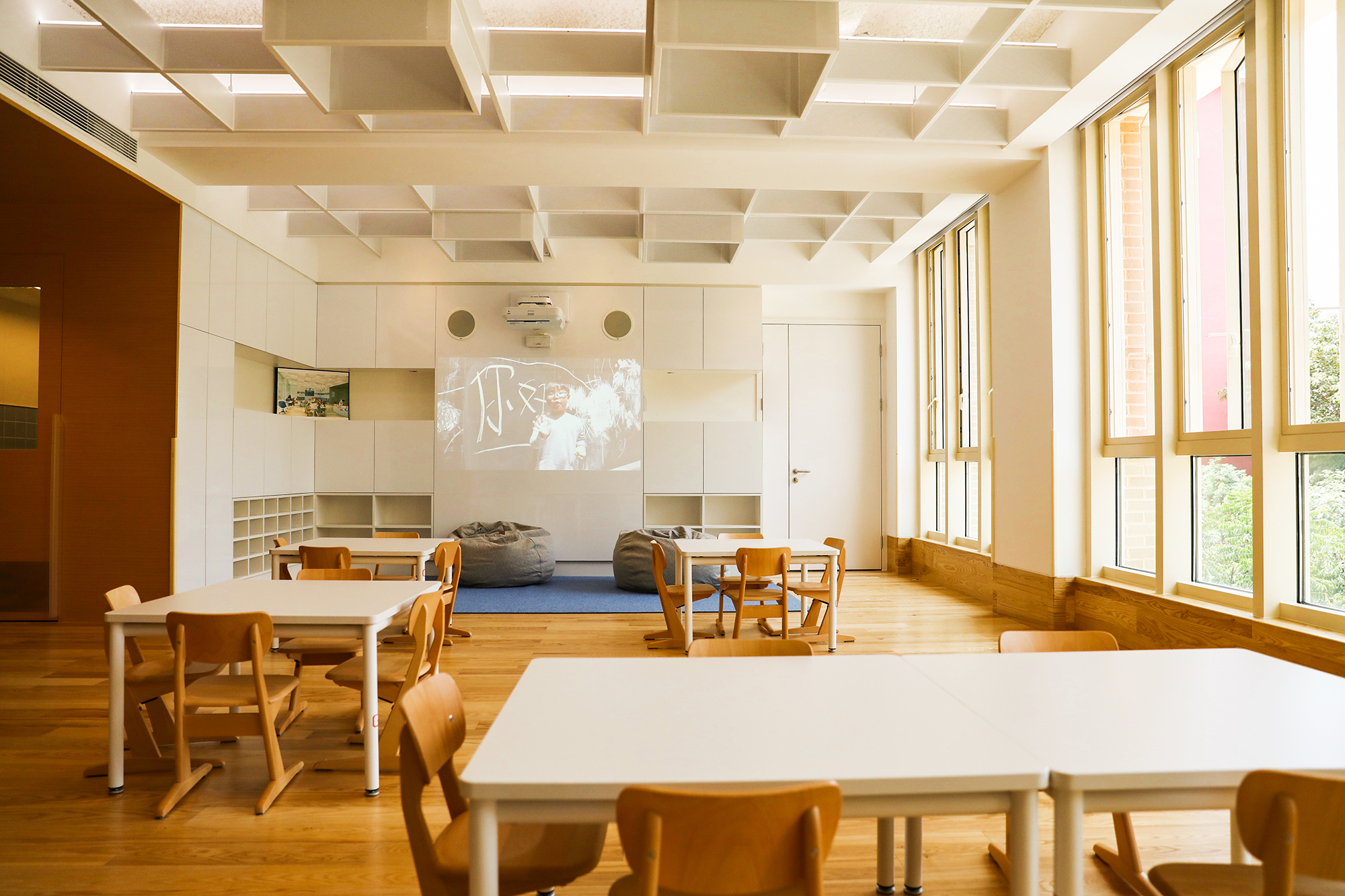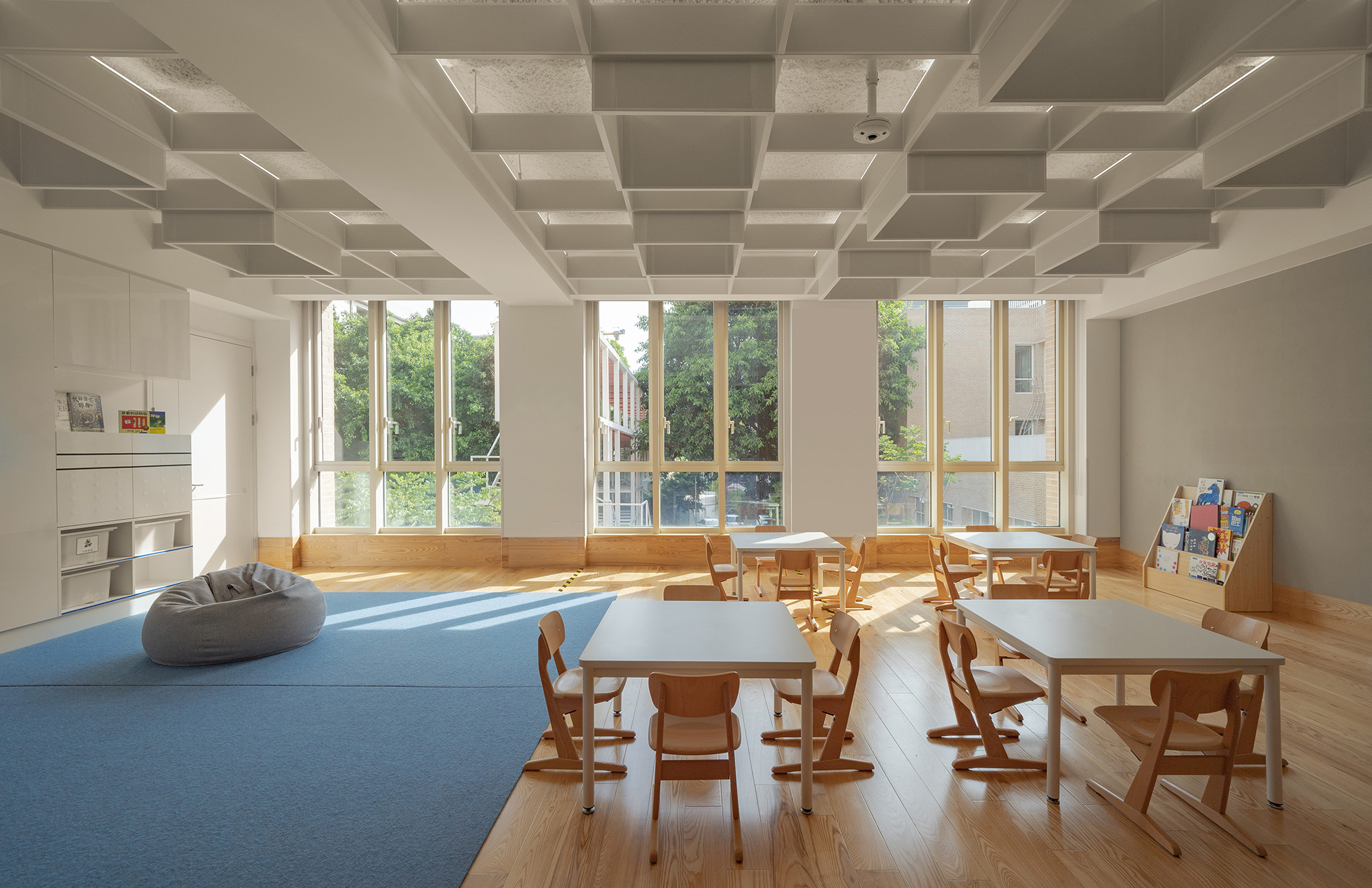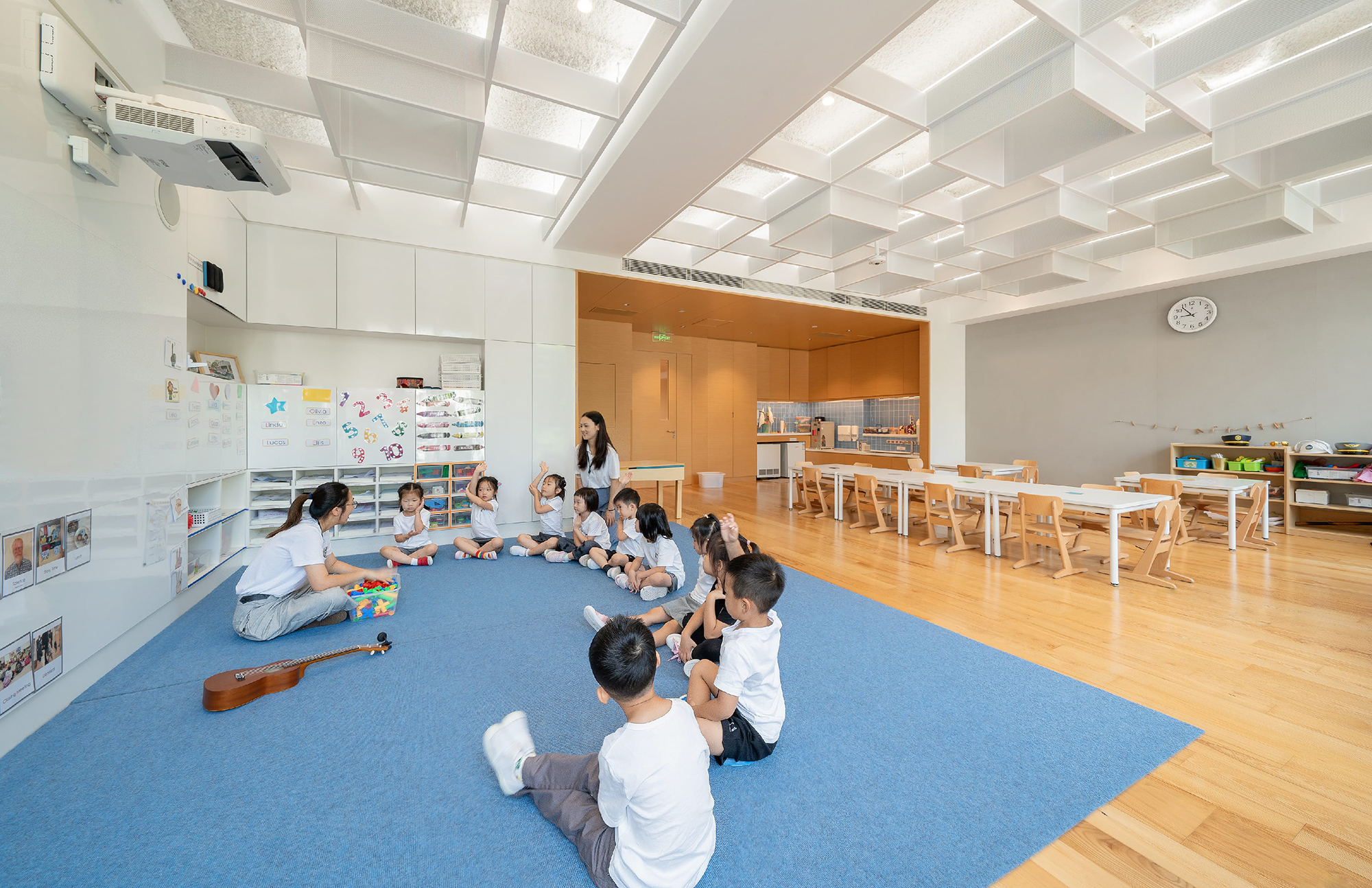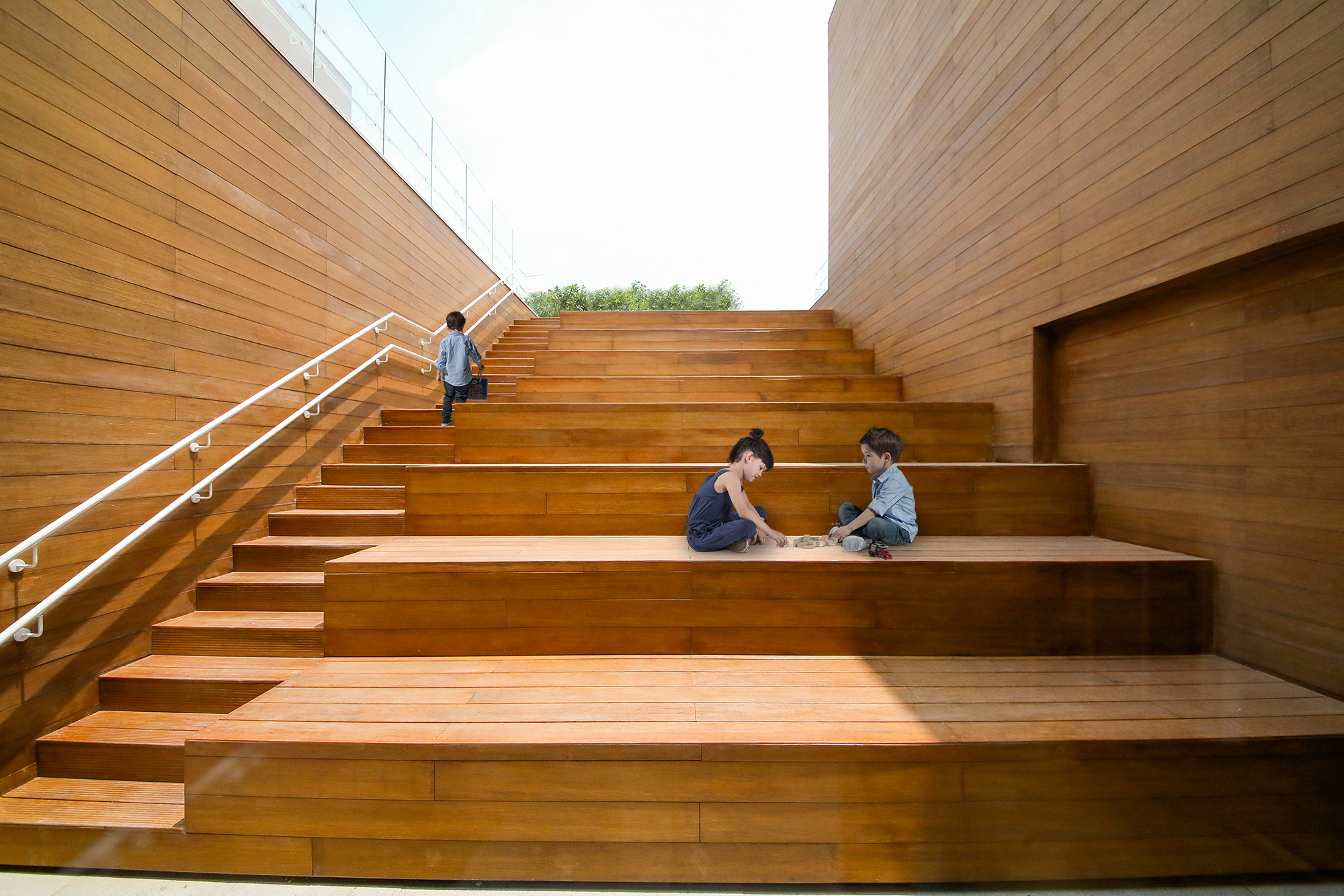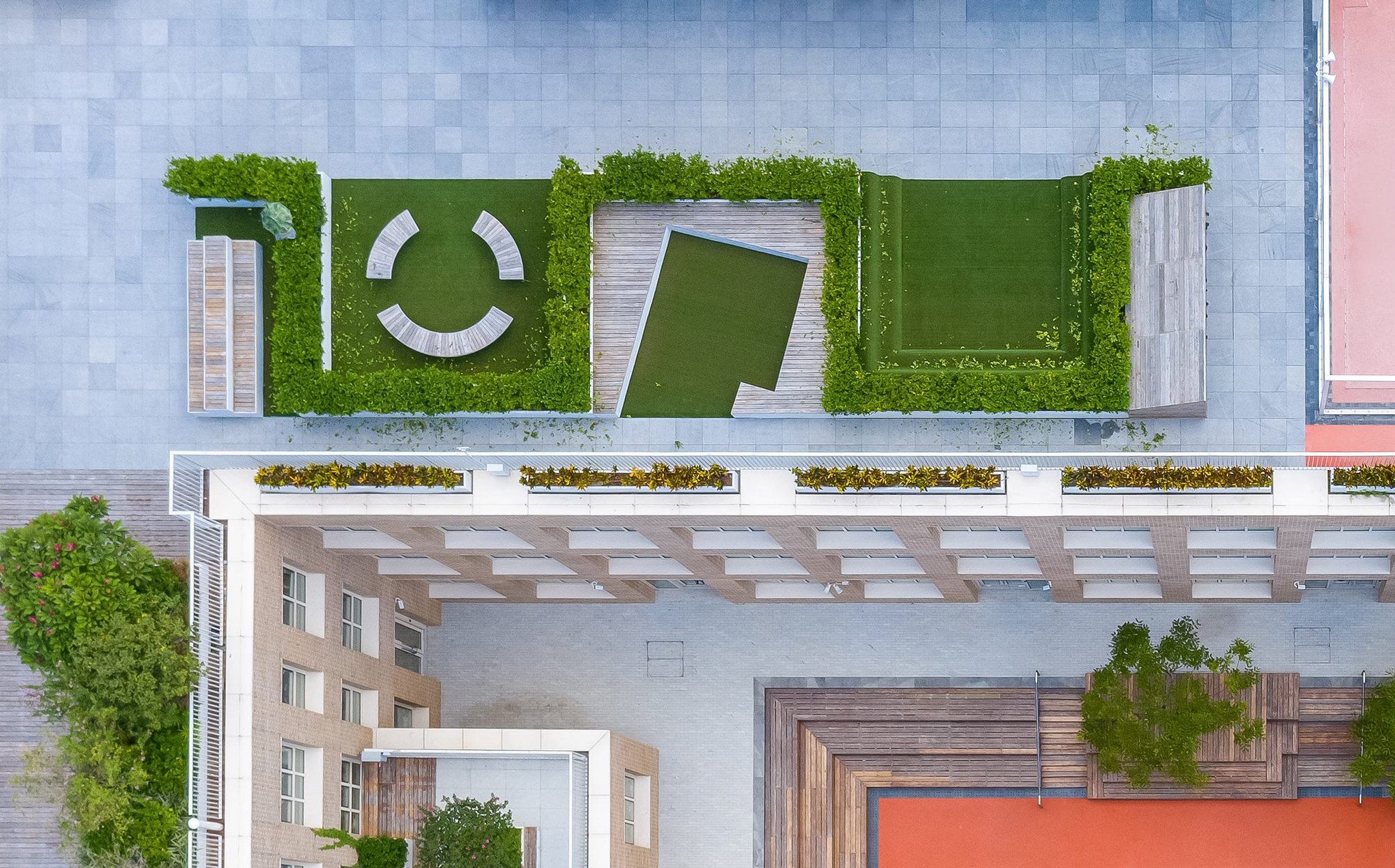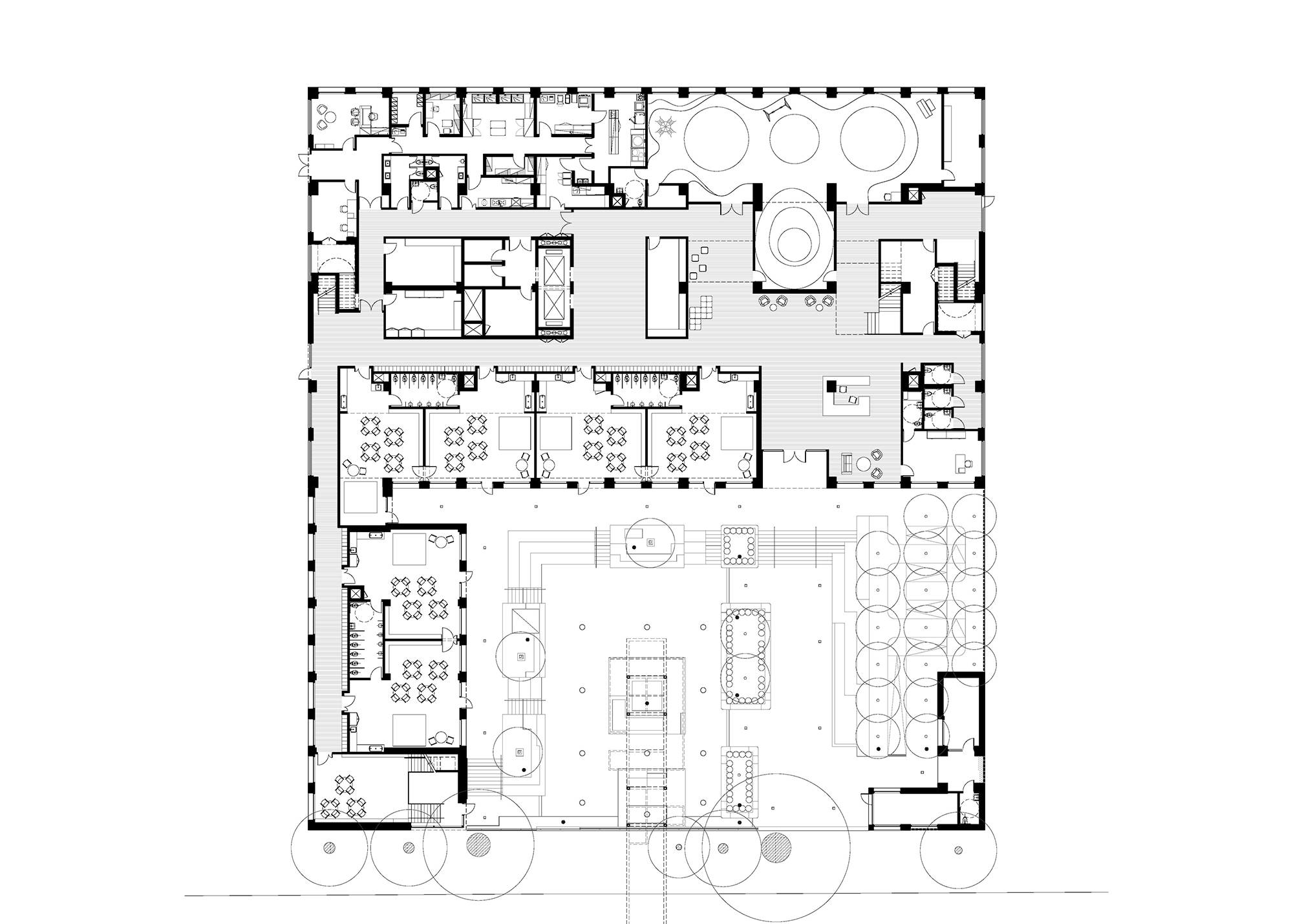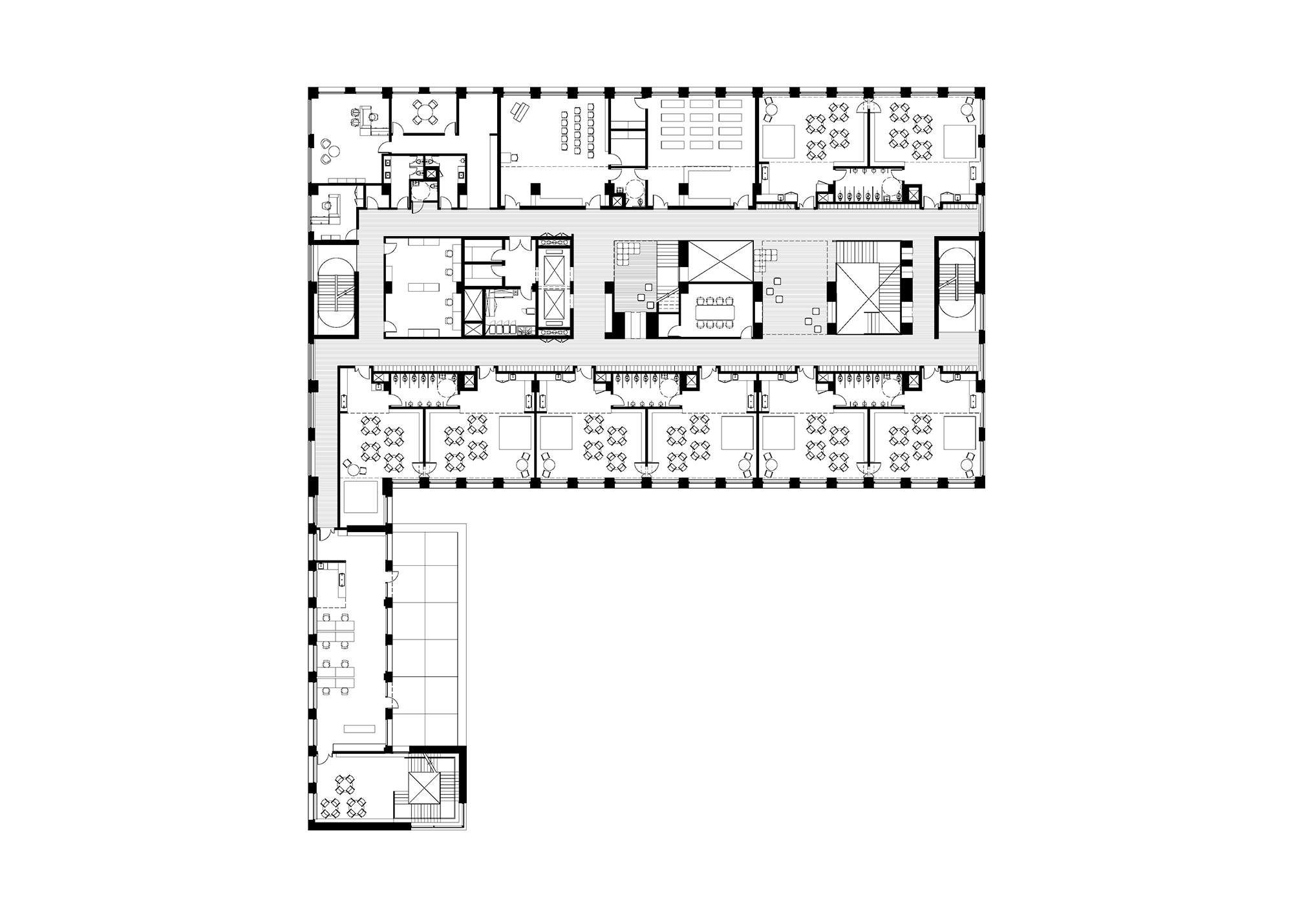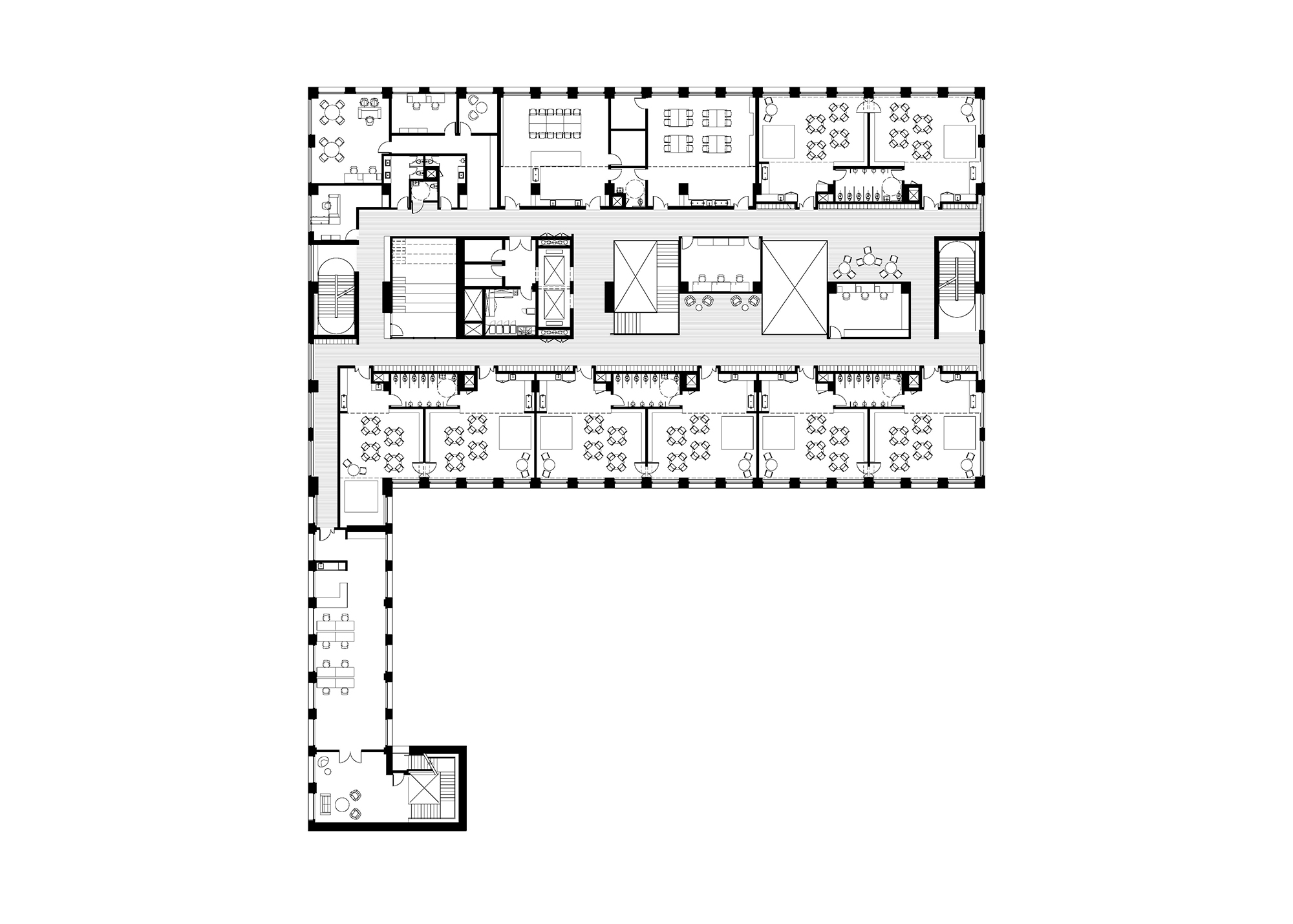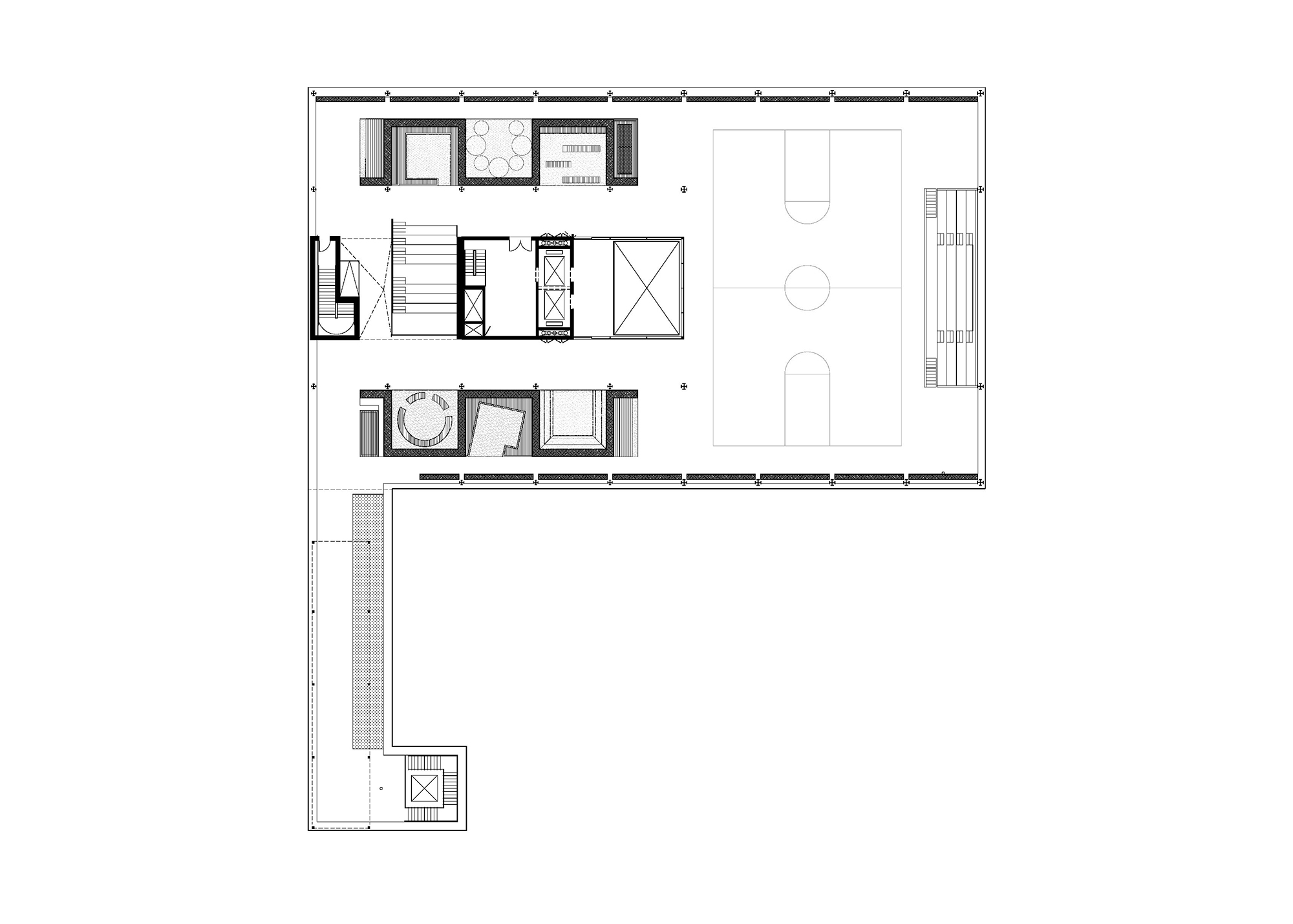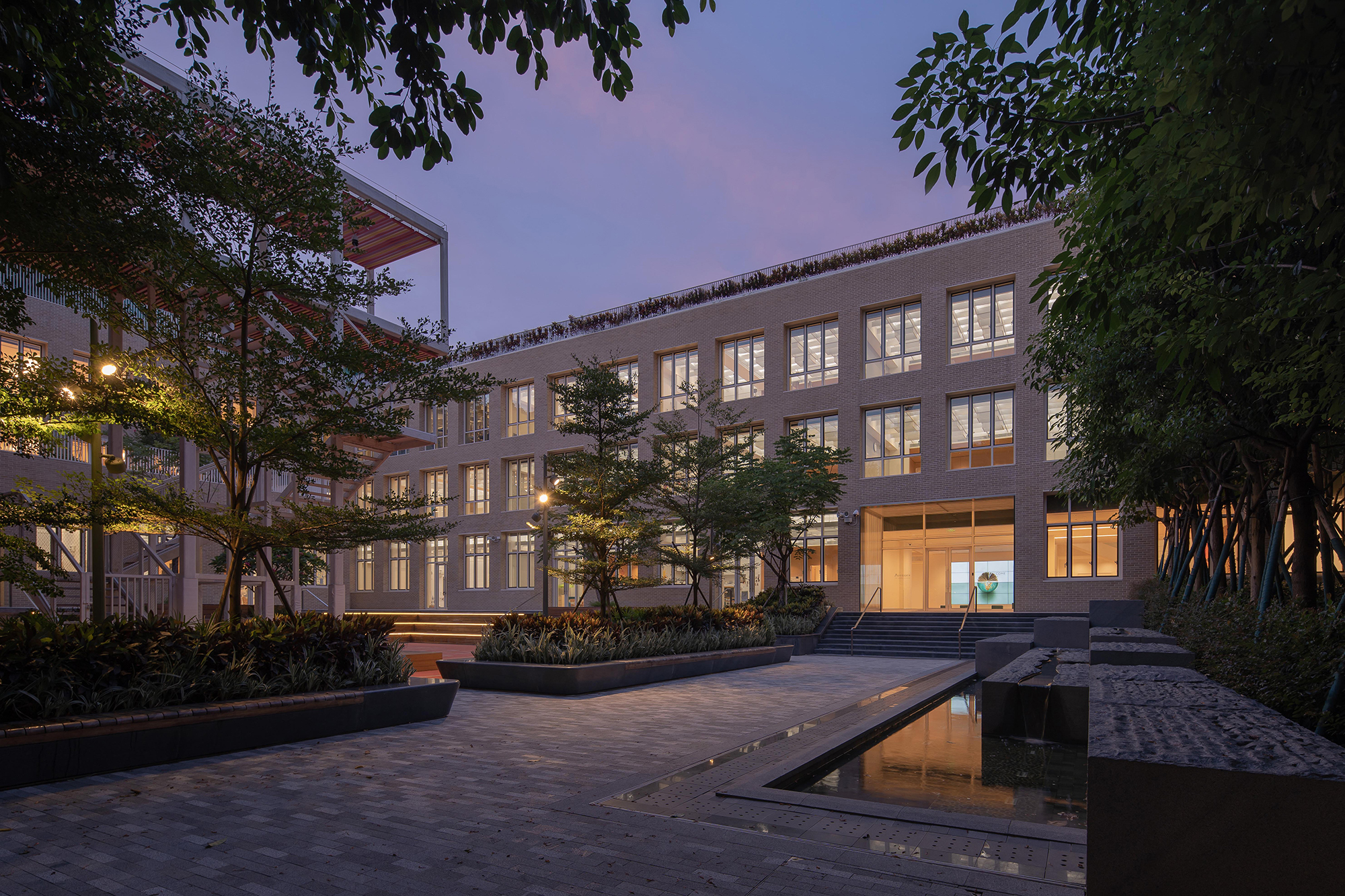Early Learning Center, as part of the Avenues Shenzhen Campus is located in the Tanglang Industrial Zone, an urban village, and one of the few remaining underdeveloped areas of Nanshan district. In the last decade Shenzhen Government, has taken measures to encourage adaptive reuse projects for Shenzhen’s Urban Villages, a stark contrast to past developments, which demolished them to make space for new buildings. The Tanglang area has been slated for redevelopment as an education and research zone capitalizing on synergies with neighboring institutions – Southern Science University and Shenzhen University Gymnasium.
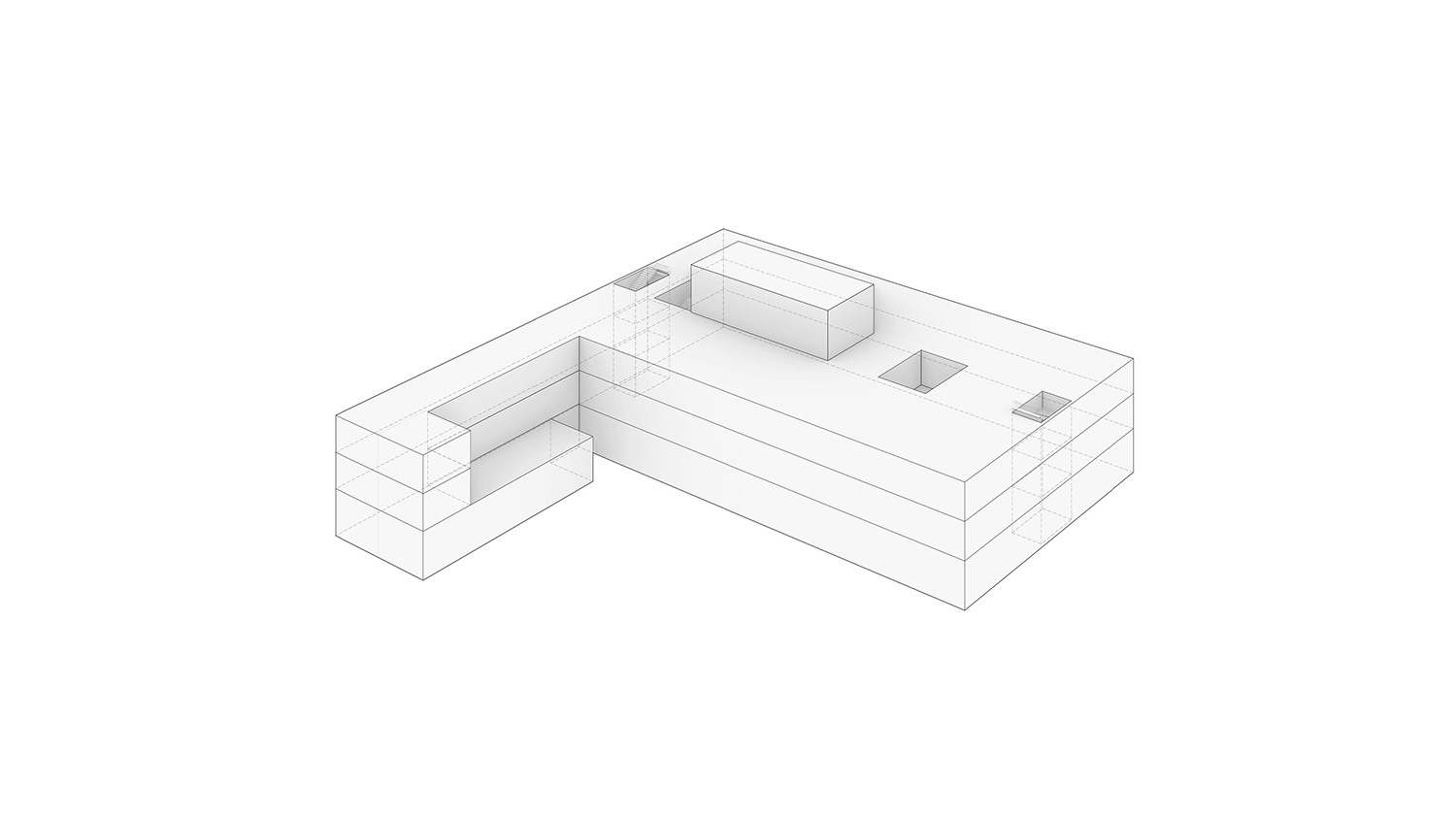
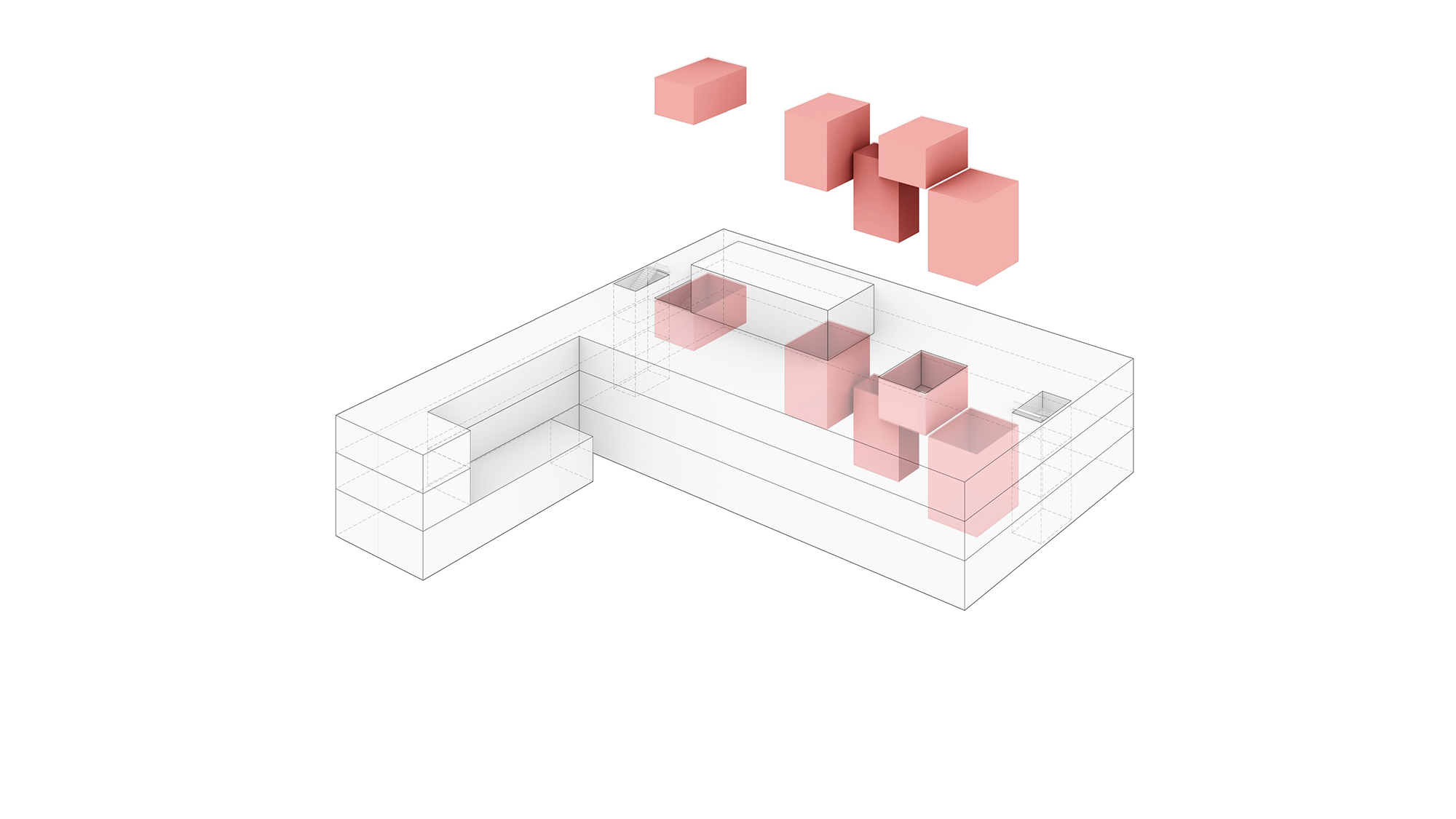
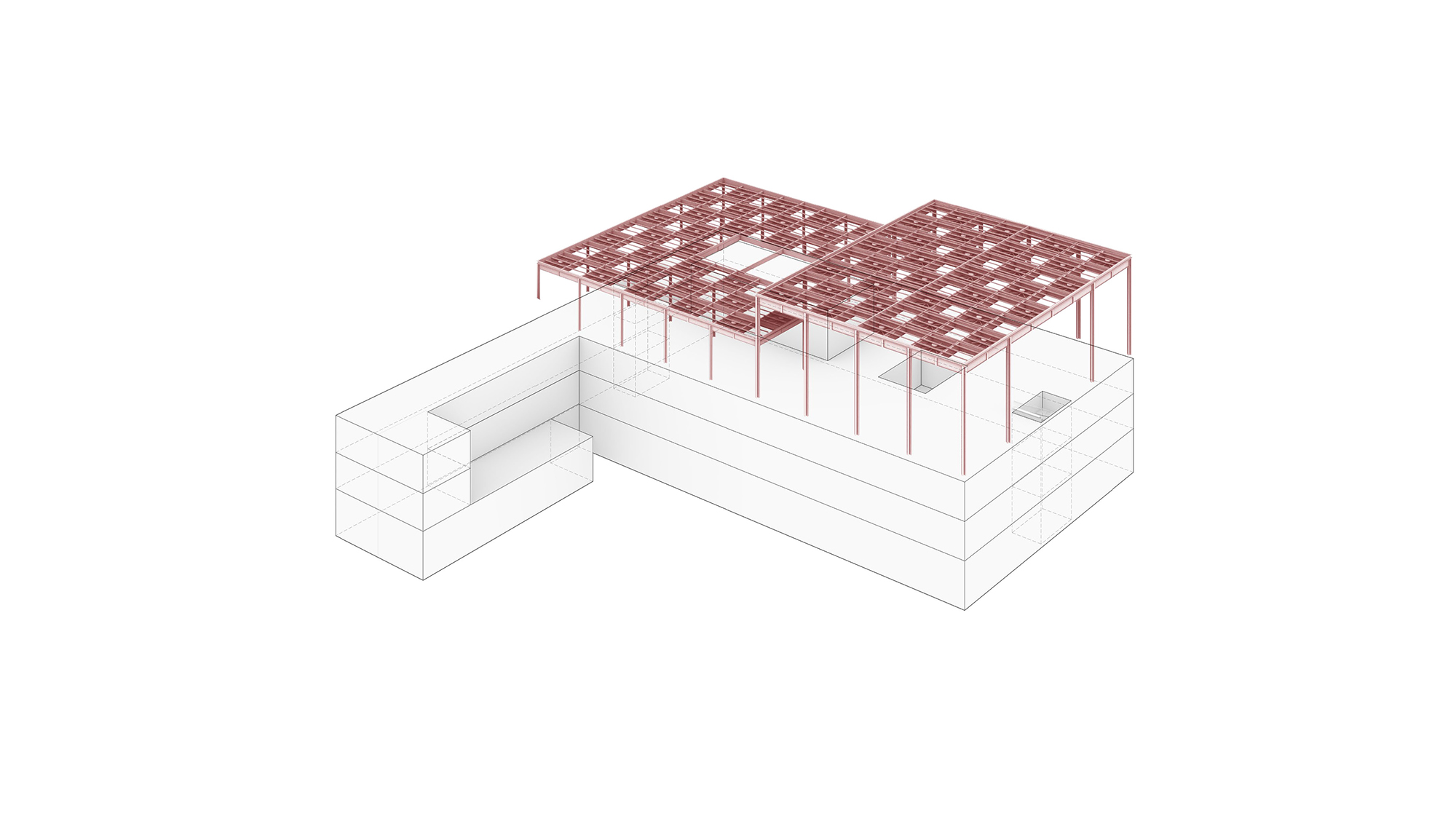
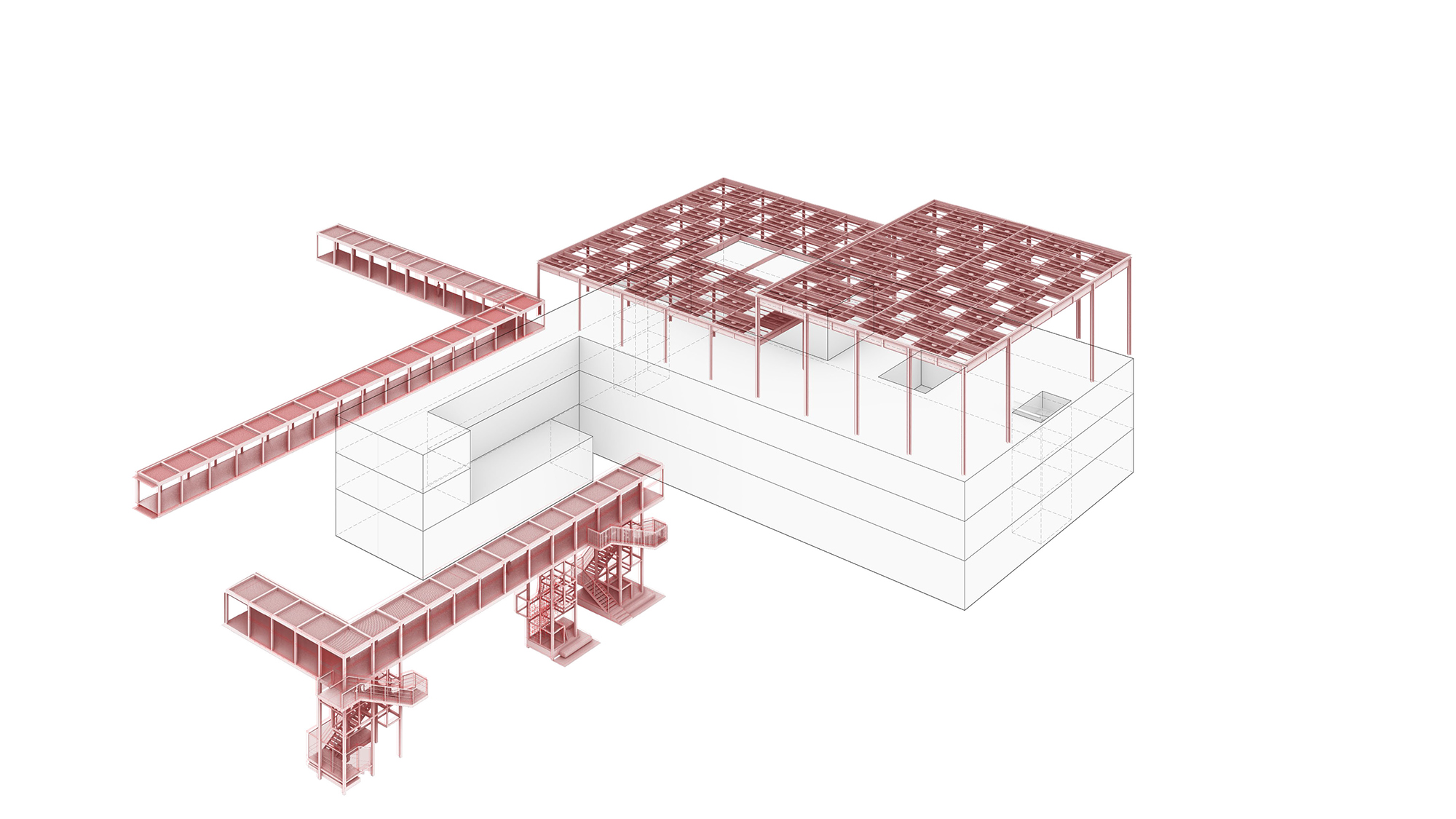
 Image © Efficiency Lab for Architecture
Image © Efficiency Lab for Architecture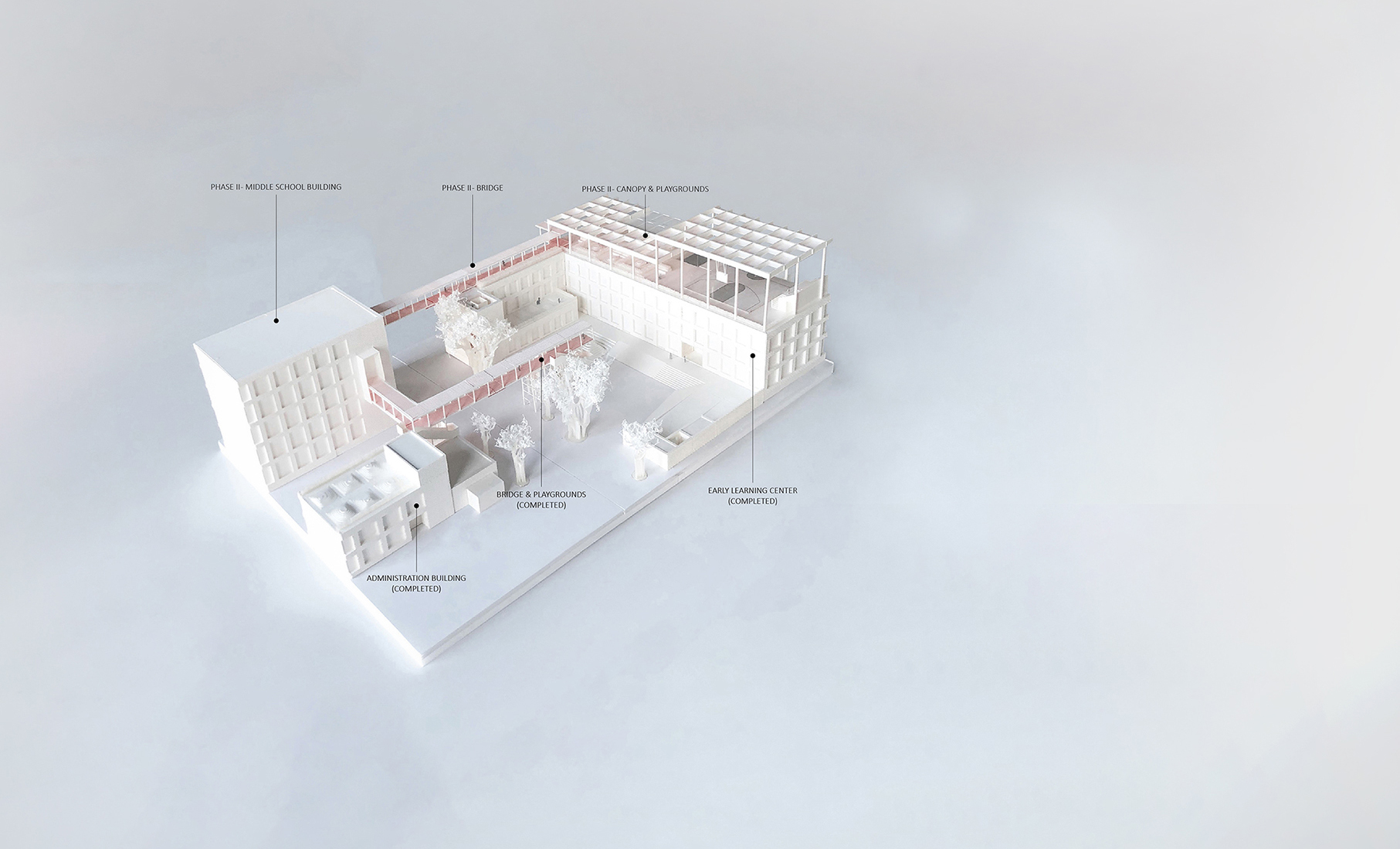 Image © Efficiency Lab for Architecture
Image © Efficiency Lab for Architecture Image © Efficiency Lab for Architecture
Image © Efficiency Lab for ArchitectureAdaptive reuse design strategies include strategic cuts, connections, and additions.
Inspired by the environmental, social and cultural opportunities of Adaptive-Reuse, the design team created a master plan, re-purposing seven buildings of the Urban Village. The buildings are connected by a network of elevated walkways & bridges, their roofscapes are programmed with outdoor learning spaces and gardens, and a special bridge connection to the nearby Sports Complex and Park is envisioned to have a campus that is interconnected with the community. As part of the masterplan, Avenues Shenzhen Early Learning Center, completed in Fall 2019, is an adaptive reuse of a three story warehouse and its parking lot.
Elevated Walkways bridging across public roads connect the campus buildings and create a safe and experiential pedestrian circulation network. The bridges are strategically located in between existing Banyan trees offering a unique path of travel.
Connections are the key concept for the project, and it happens at many levels such as: the physical connections in the form of bridges that form a network of pedestrian walkways weaving the entire campus together; the visual and physical connections enabled by carefully choreographed atriums and interconnecting stairs carved out from the existing warehouse structure; and the connections to nature bringing in the most remarkable landscape features found on site like the banyan trees, or the newly landscaped spaces that engage the campus life. The classroom building on the right has terraces that overlook into the playgrounds.
View of the vertical playgrounds. The support of the bridges are designed as vertical playgrounds offering students an immersive experience with nature.
Pedestrian Bridge & Vertical Playgrounds nested within a lush landscape.
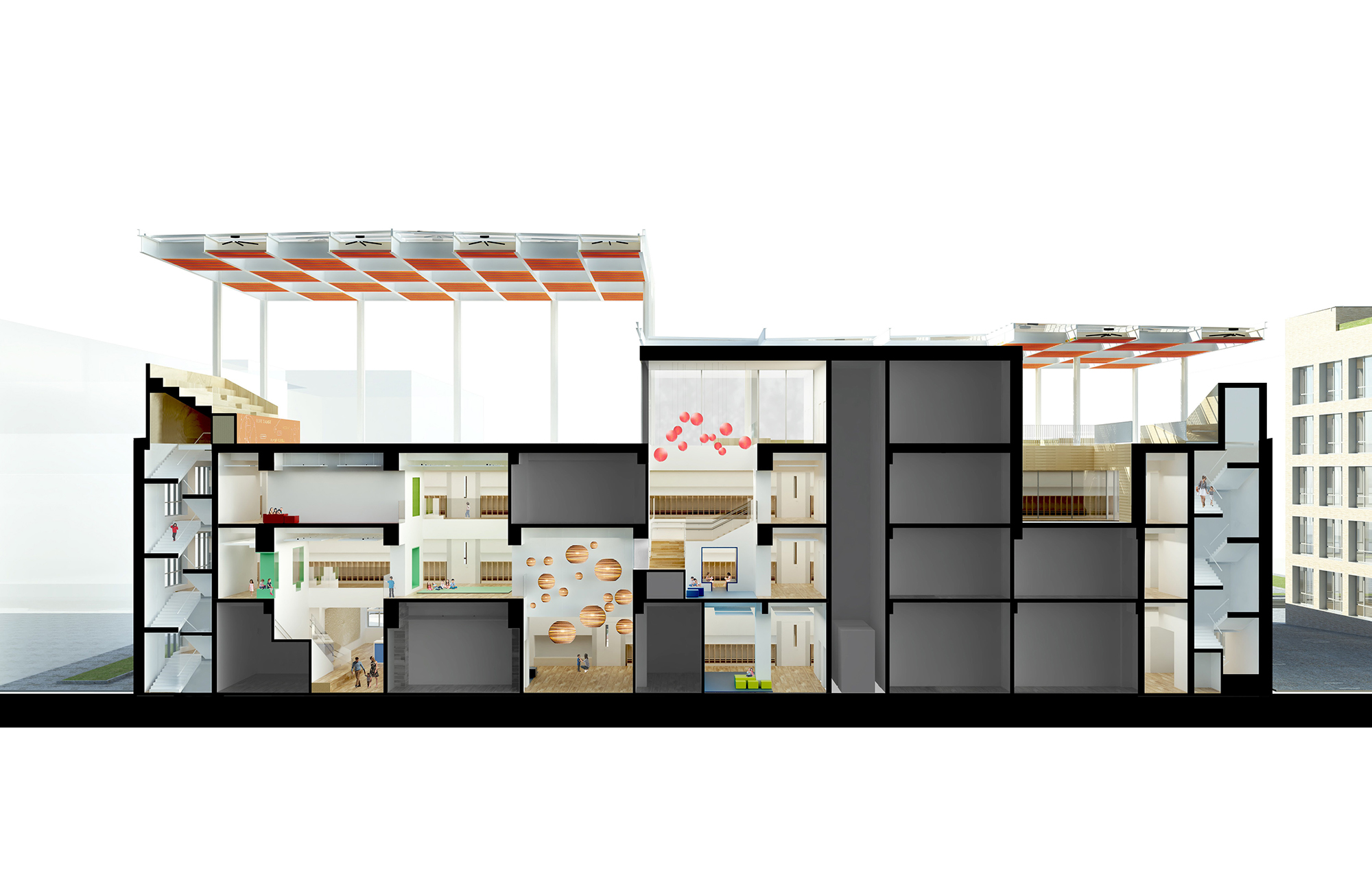 Image © Efficiency Lab for Architecture
Image © Efficiency Lab for Architecture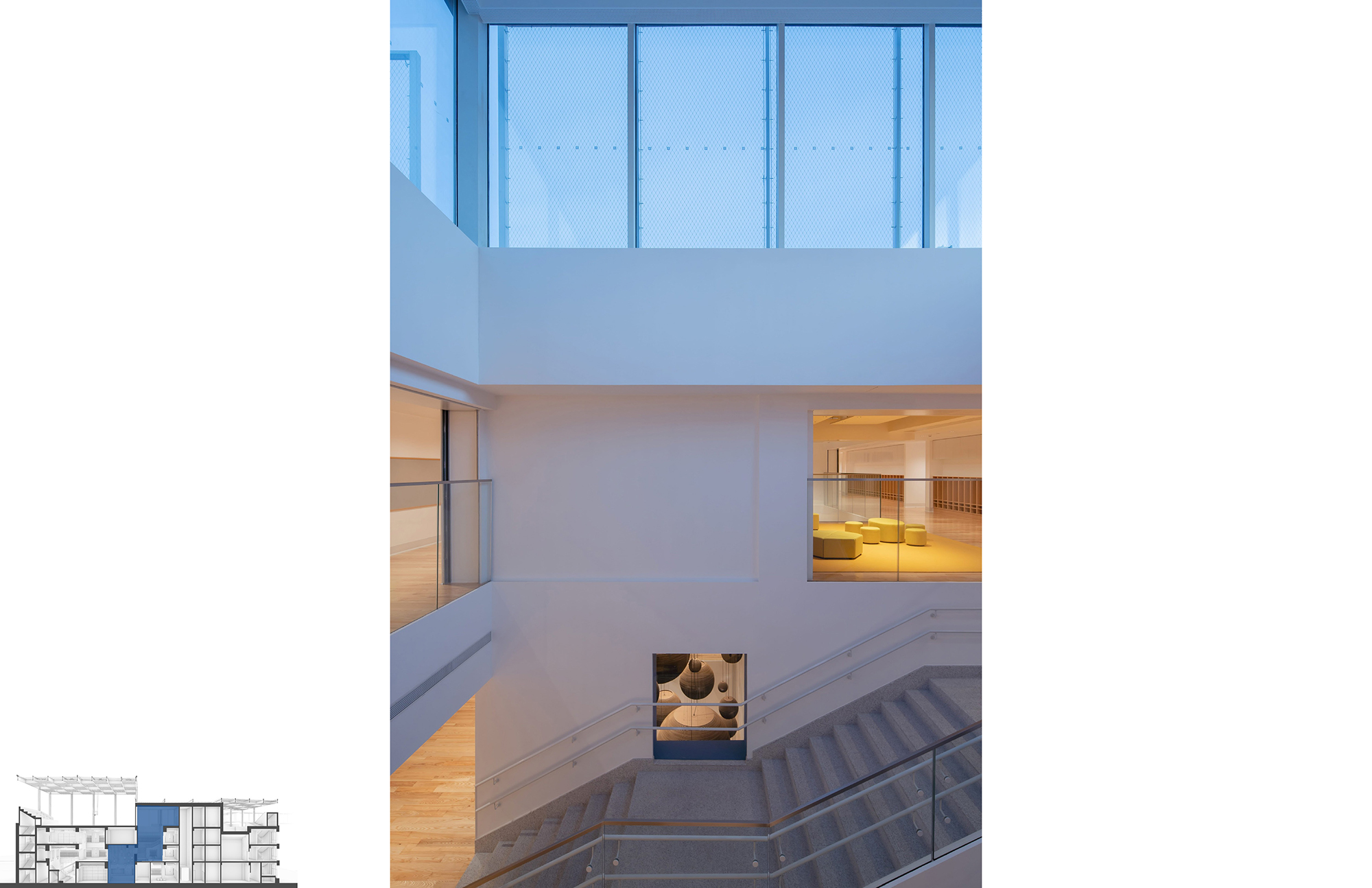 Photo © Zheng Chao
Photo © Zheng Chao Photo © Zheng Chao
Photo © Zheng Chao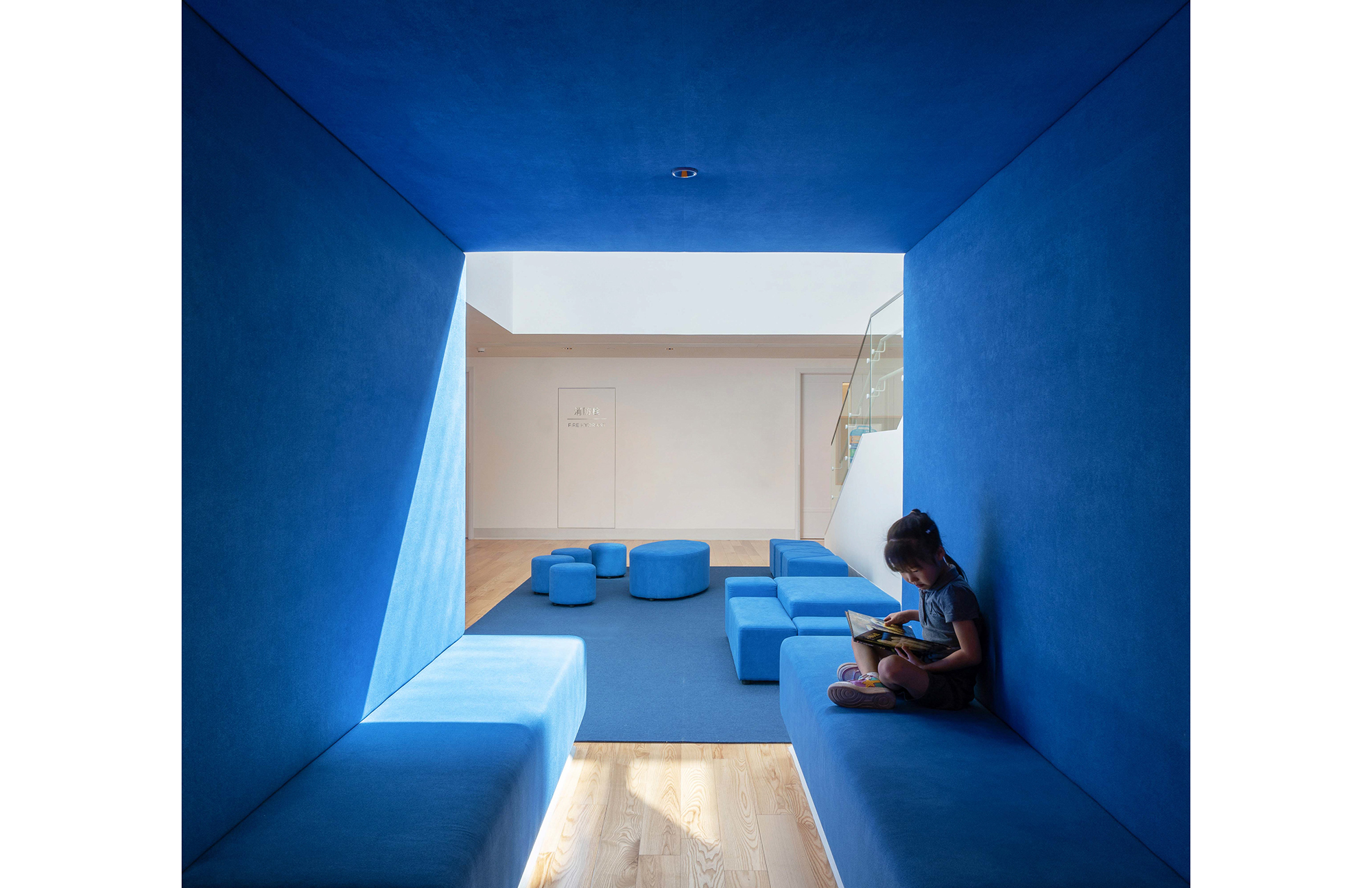 Photo © Zheng Chao
Photo © Zheng ChaoLocated at the middle of the floor plate, the central atrium brings in natural light to the spaces below, as well as connecting the building up to the roof playgrounds.
Next to the Student Commons underneath the clerestory windows, the keyhole acts both as a gateway entry and a fun area to hang-out.
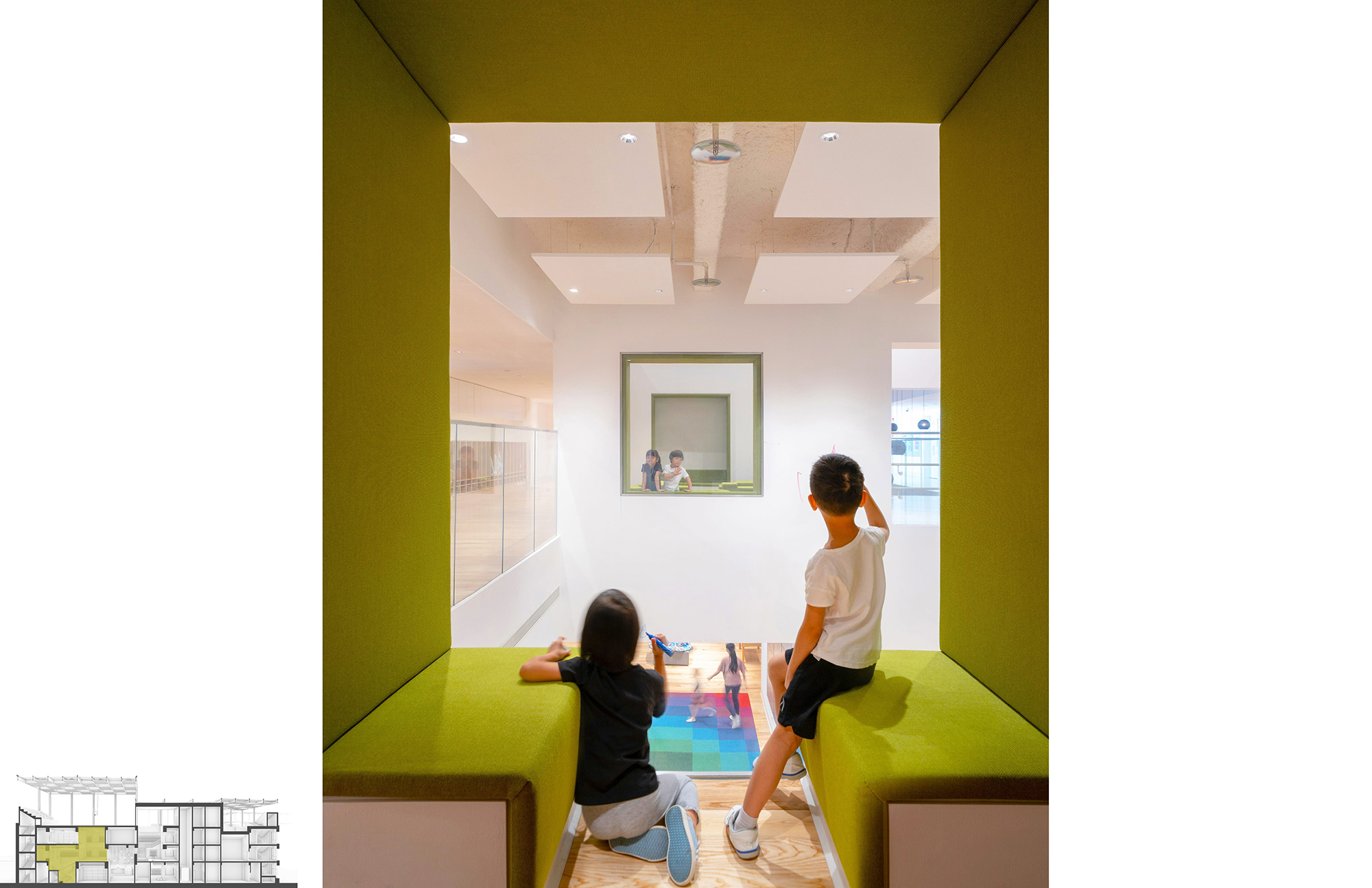 Photo © Zheng Chao
Photo © Zheng Chao Photo © Zheng Chao
Photo © Zheng Chao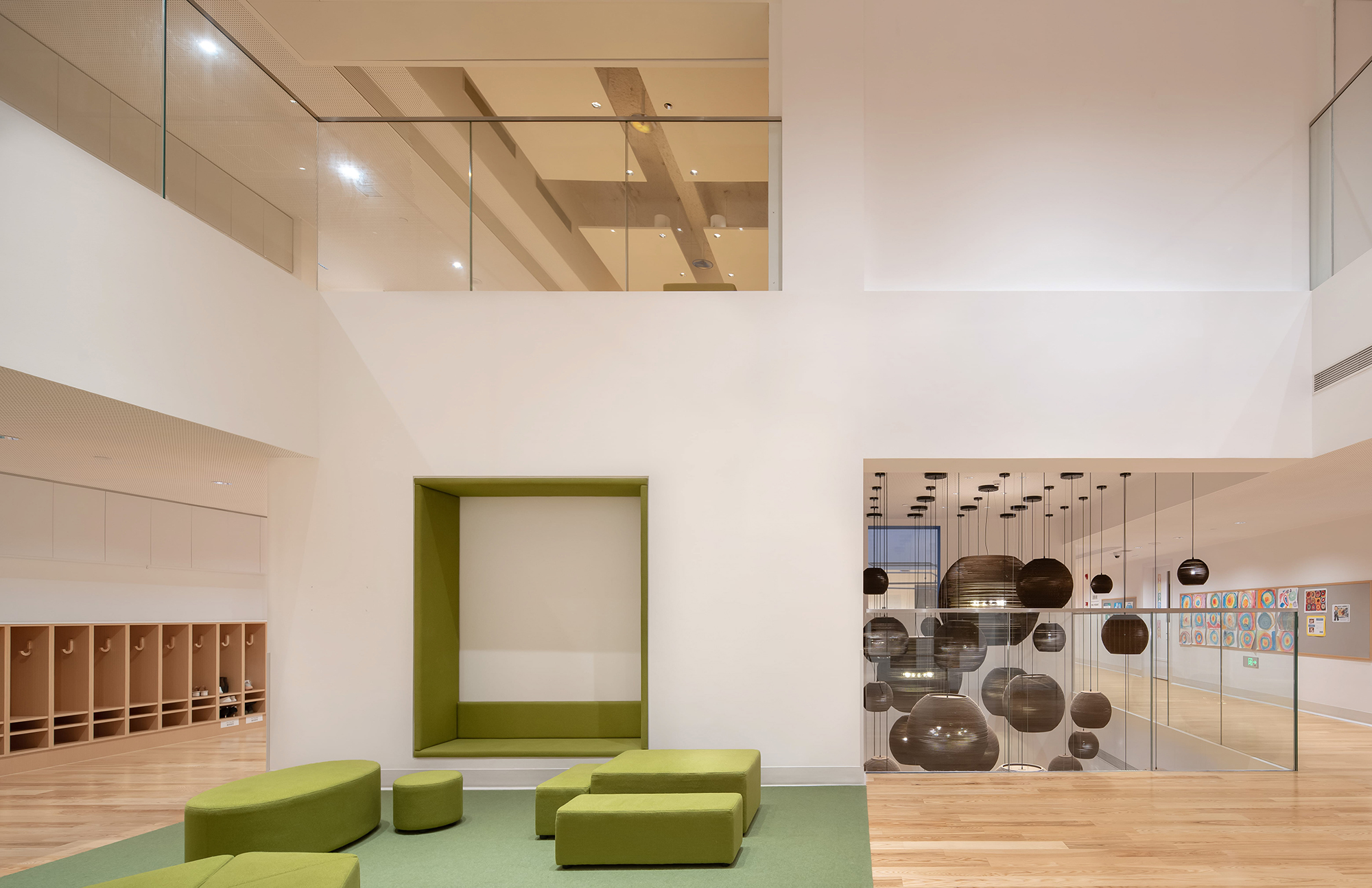 Photo © Zheng Chao
Photo © Zheng Chao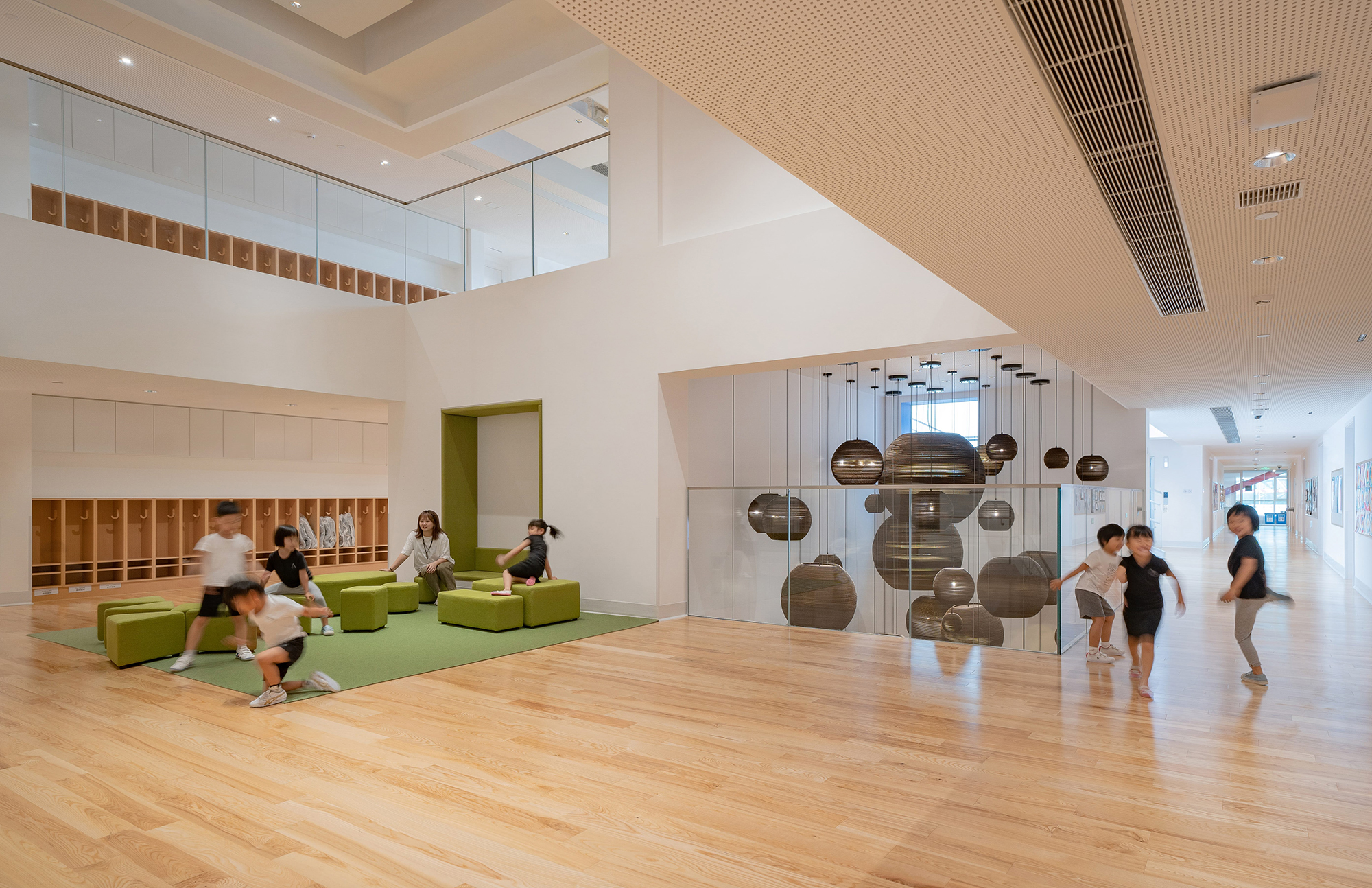 Photo © Zheng Chao
Photo © Zheng Chao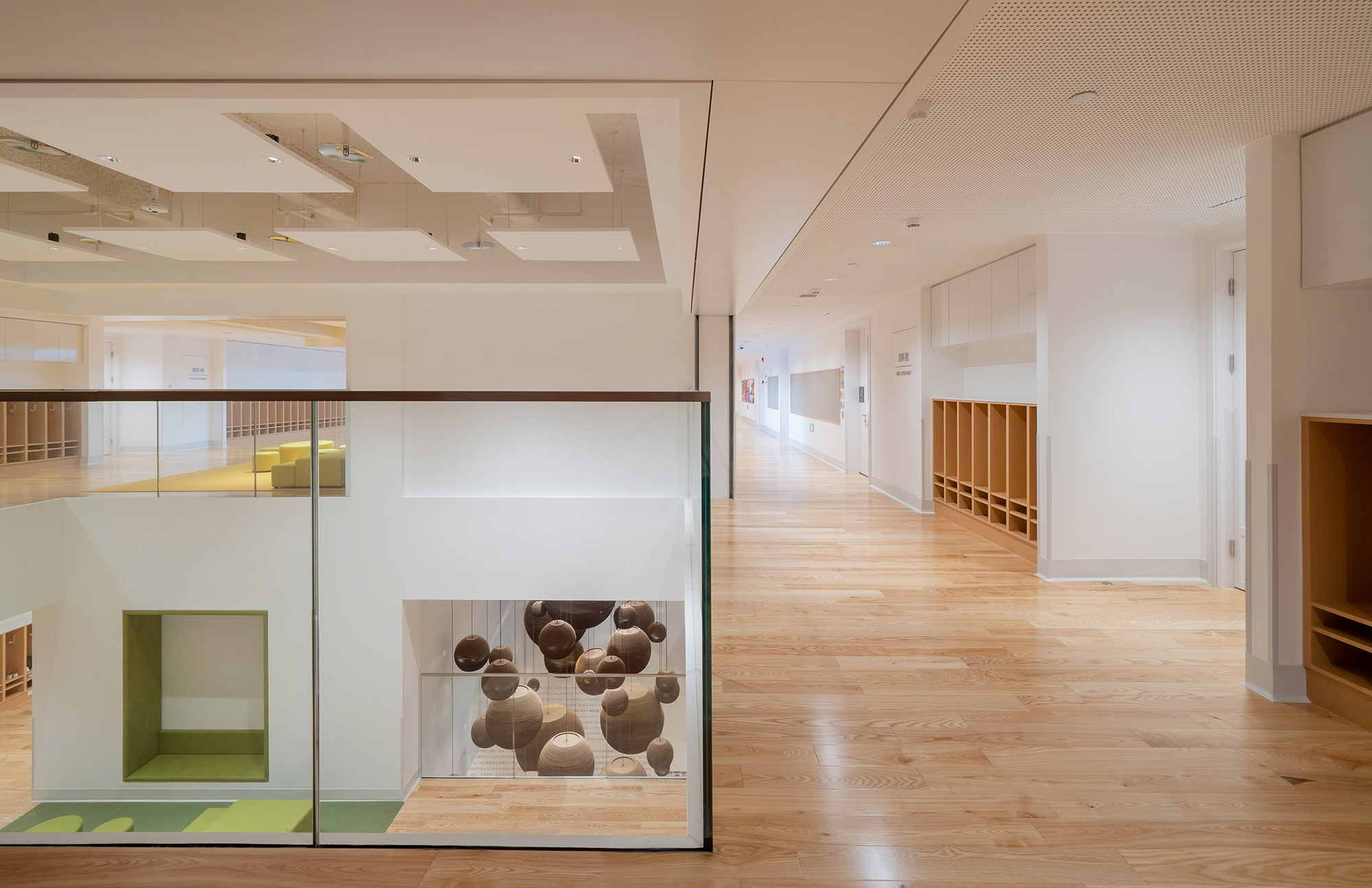 Photo © Zheng Chao
Photo © Zheng ChaoThe Pods are organized around the atrium with views across one another. The writable glazing creates a fun and interactive learning surface.
The floor slabs of the existing building are carefully cut to create multistory openings, arranged to allow for diagonal views across the three floors.
CREDITS: Masterplan: Efficiency Lab for Architecture PLLC; Design Architect: Efficiency Lab for Architecture PLLC; Interior Design: Efficiency Lab for Architecture PLLC; Local Design Coordination: WAY Design; Local Design Institute: CCDI; Structural Design: Skidmore, Owings & Merrill LLP; Landscape Design: Terrain; Lighting Design: Claude Engel; Acoustic: WSDG









